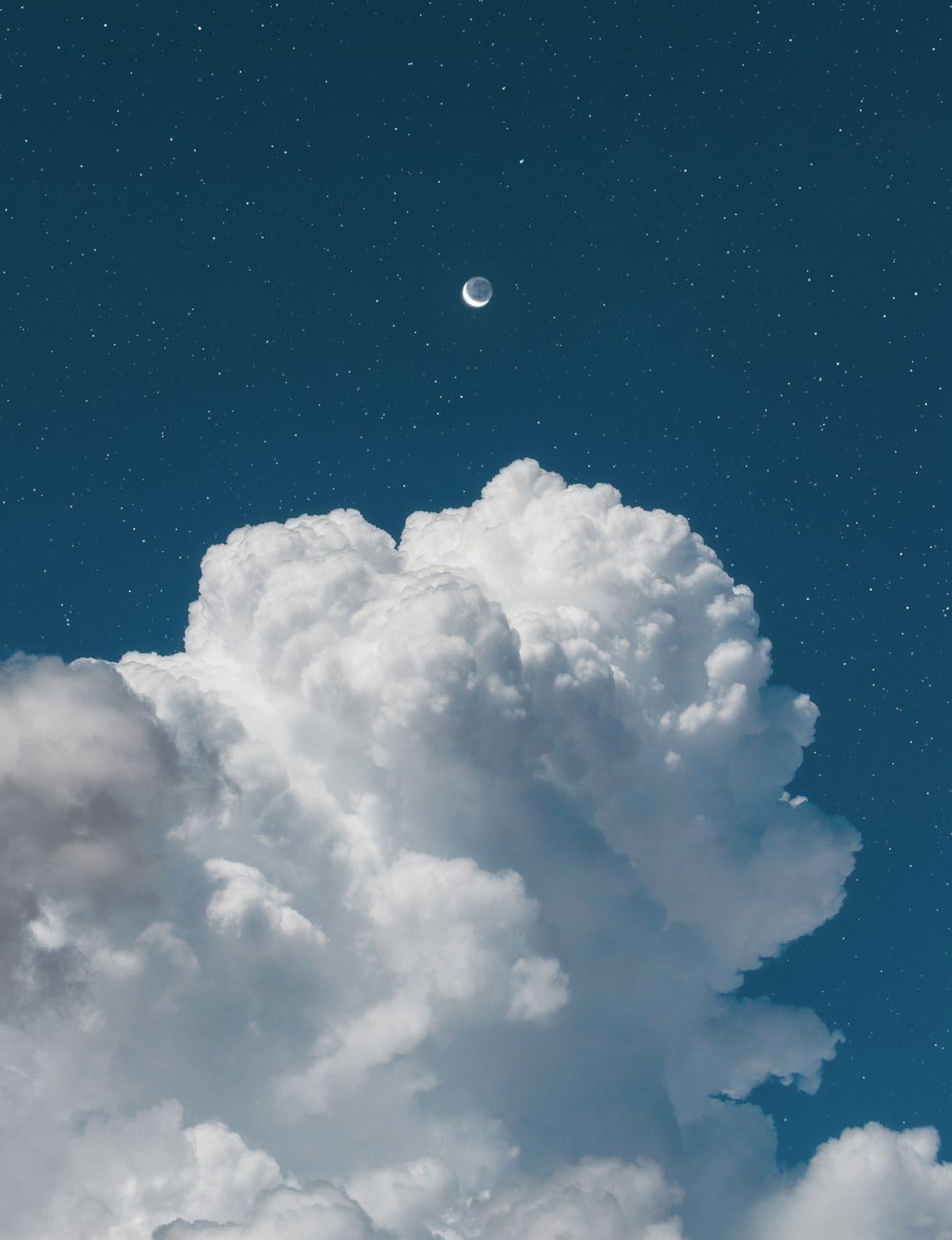









Airborne Magazine 4/25 Issue º 5
FOUNDER & EDITOR-IN-CHIEF
Elisa Mantovani
DESIGN EDITOR
Nikki Ritmeijer
COVER ARTWORK
Josiah Gordon
LAYOUT & ART DIRECTION
Serhii Okhrimenko & Elisa Mantovani
VIDEO PRODUCER & FILM EDITOR
Luke Dobson
CONTENT CURATOR
Elisa Mantovani
CONTACT invictus.mgzn@invictusmagazine.com www.invictusmagazine.com
All content © 2025 INVICT/US Magazine

ANDREA STELLAR FOLK
Ceremony & Retreat Facilitator Spain / The Netherlands
ANNA PODLEWSKA
Textile Designer & Painter United Kingdom
APHRA NATLEY
Artist & Transpersonal Arts Therapist The Netherlands
CATHERINE ANHOLT
Artist United Kingdom
CHILD + THE BANNED Artist Denmark / United Kingdom
COLM MAC ATHLAOICH
Artist Ireland / Belgium
DAVIDE LEPORE
Biologist Italy / United Kingdom
DIDIER HAMEY Artist France
ELLI PIPIC
Project Officer, United Nations Croatia / Austria
EVELYNE POSTIC
Visual Artist France
HANNA FILIPPA CARLSSON
University Student Sweden
HELEN MUTURI
Channel Coordinator, Creative United Kingdom
INDIRAMAN SUNNER
Investment Manager United Kingdom
JOSIAH GORDON Photographer United States of America
JULIANO MAZZUCHINI
Visual Artist Brazil
KATHERINE AKMULUN
Illustrator Russia
KDB, KERSTIN DE BEER
Model, Vocalist & Songwriter, Multi-Instrumentalist South Africa
LAURA JAMES Photographer United Kingdom
LEWIS WASILEWSKI
Elderly Carer Poland
LINDA WESTIN
Freelance Photographer Sweden
LUKE DOBSON
Documentarian & Visual Artist United Kingdom
MATIAS ALONSO REVELLI Photographer Argentina
MARK TAMER Photographer United Kingdom
MAINAK BOSE
Visual Artist India
MIA BLOOMBECKER
Disabled Experimental Photographer United States of America
MIMA ADAMS
Artist & Mixologist United Kingdom
MONICA VACCARI
Multimedia Artist & Sculptor, Photographer Italy
NATHANIEL MADDISON
Photographer & Videographer, Yogi United States of America
NICOLA DAVISON REED
Photographer United Kingdom
RYDER KIMBALL
Landscape Writer, Environmental Photographer United States of America
SERHII OKHRIMENKO
Caretaker & Event Coordinator Ukraine
STEFANO DILI Photographer Italy
SOPHIA HEYMANS Artist United States of America
TARA JEROME-BERNABÉ (TJB)
Multi-disciplinary Artist, Musician & Poet Madinina / United Kingdom
TUAN VU Artist Canada
TUANE EGGERS
Visual Artist Brazil
VINCENT KARCHER
Portrait Photographer, Light Explorer, Nomad Canada / France
ZACKIEL LEWIS-GRIFFITHS
Singer / Songwriter, Musician, Community Organiser France / United Kingdom
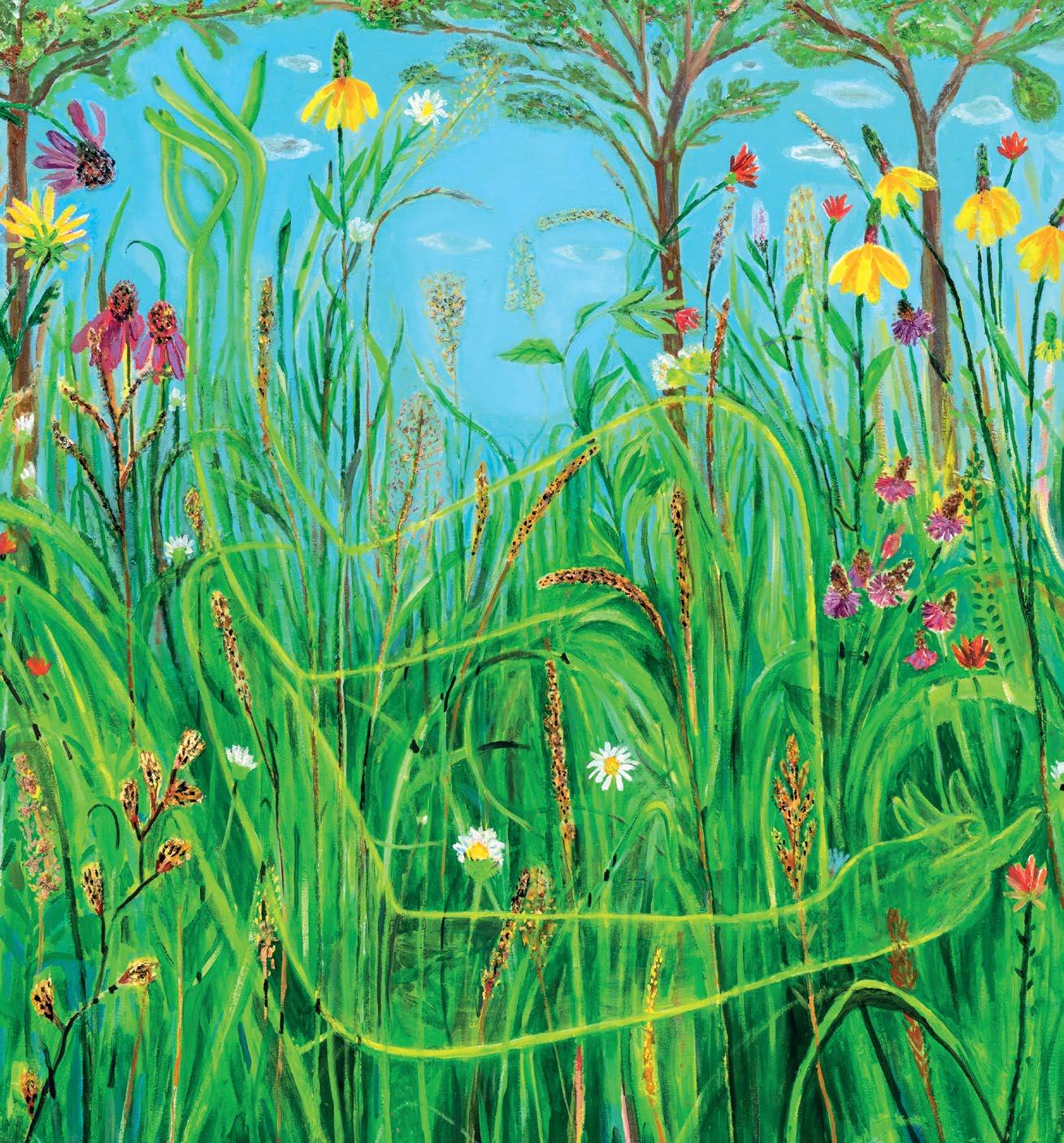

Juliano Mazzuchini
Serhii Okhrimenko & Elisa Mantovani
Lewis Wasilewski


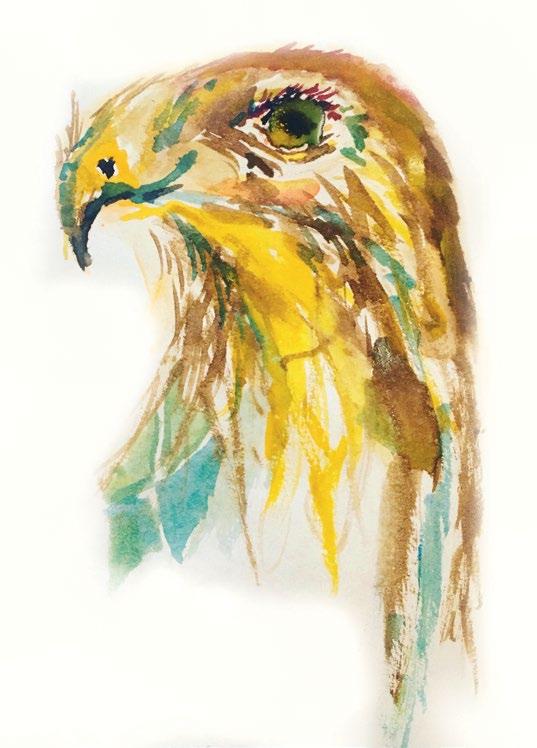


Dear Readers,
Like the currents of the wind, we move through these pages, lifted and carried by air’s many faces—its whispers and roars, its presence and absence, its force and stillness. Airborne is a journey through the unseen yet essential, a meditation on breath, wind, and the spaces in between.
We begin with a dedication to air in all its forms, invoking both breath and spirit—the first inhale of life, the invisible thread that connects us to one another and to the world. From there, we step into a realm of visual exploration—photographs, paintings, and sculptures that trace air’s imperceptible presence in nature, capturing its movement through landscapes, skies, and bodies.
Yet air is not untouched by human hands. Once a space of purity and renewal, the sky now bears the weight of industry, its clarity obscured by smoke, chemicals, and the invisible particulates of progress. We reflect on the delicate balance between atmosphere and exploitation, on the scars of pollution that drift unnoticed yet settle in lungs, oceans, and soil. Air, once a gift freely given, is now measured in toxicity, in parts per million, in the haunting specters of climate change and wildfire haze.
The question lingers—how do we mend something we cannot see?
From this reckoning, the wind shifts, lifting us into realms of movement and inspiration. In the rustling of leaves, in the updrafts beneath a bird’s wing, in the currents that carry seeds across continents, we rediscover air as an eternal force of creation and freedom. Flight—whether physical or metaphorical—becomes a form of defiance, an expression of life’s irrepressible momentum.
Air is also a memory. It holds the voices of those who have passed, the last breaths exhaled, the echoes of laughter carried on the wind. It is presence and absence intertwined, the lingering scent of something once known. In this final space, we reflect on air as a vessel of remembrance, an archive of all that has come before.
As you turn these pages, let yourself drift, be carried— unbound, weightless, Airborne.
Elisa Mantovani Editor, Invict/us


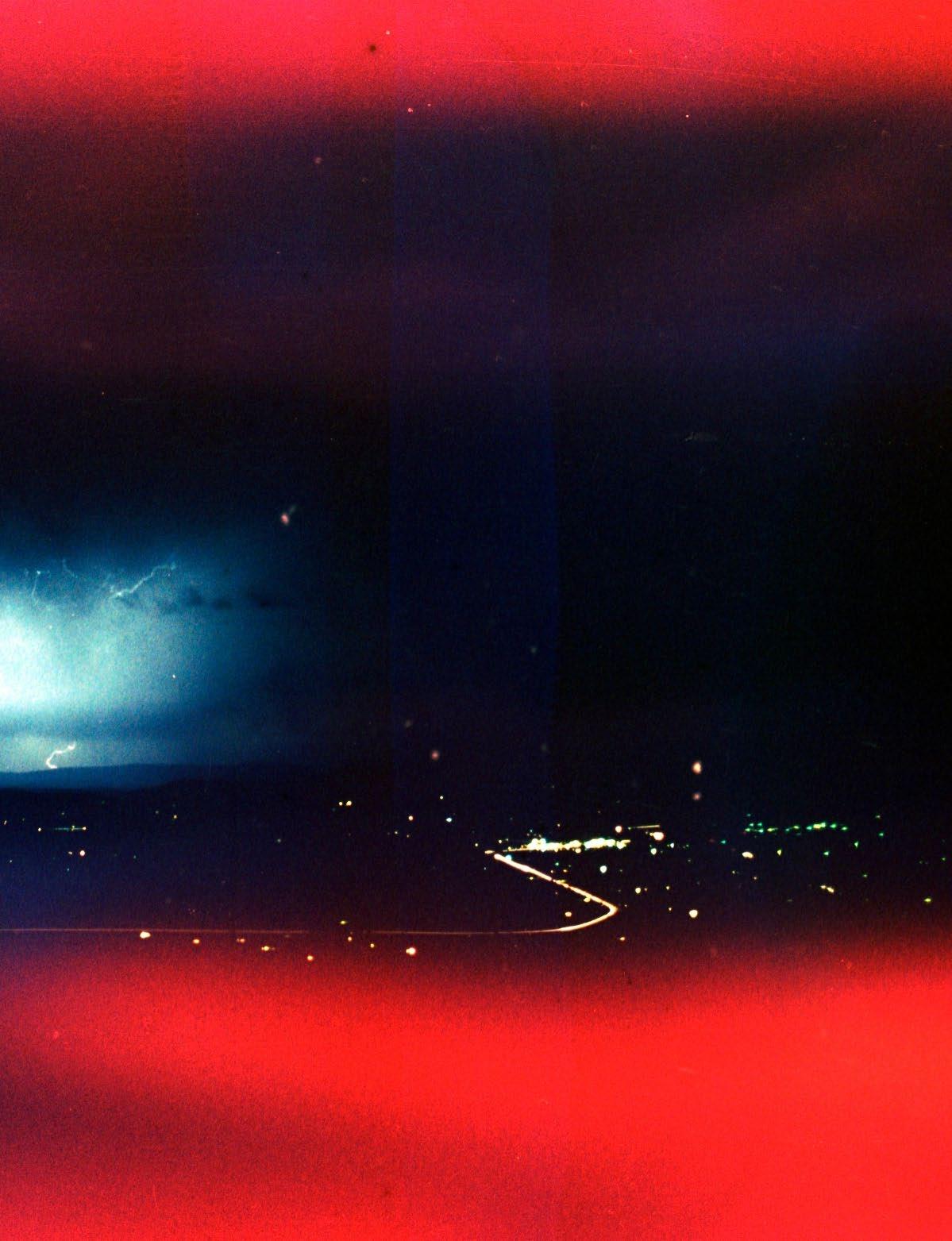
by John O’Donohue

Let us bless the air, Benefactor of breath; Keeper of the fragile bridge We breathe across.
Air, waiting outside The womb, to funnel A first breath That lets us begin To be here; Each moment Drawn from Its invisible stock.
Air: vast neighbourhood Of the invisible, where thought lives, Entering, to arise in us as our own, Enabling us to put faces on things That would otherwise stay strange And leave us homeless here.
Air, home of memory where Our vanished days secretly gather, Receiving every glance, word and act That fall from presence, Taking all our unfolding in, So that nothing is lost or forgotten.
Air: reservoir of the future Out of which our days flow, Ferrying their shadowed nights, The invisible generosity, That brings us future friends And sometimes stones of sorrow On which our minds refine.
Air, along whose unseen path Presence builds its quiet procession; Sometimes in waves of sound, Voices that can persuade Every door of the heart; Often, in tides of music That absolve the cut of time.
Air: source of the breath
That enables flowers to flourish, And calls the dark-rooted trees To ascend into blossom.
Air, perfect emptiness For the mind of birds
To map with vanishings; Womb of forms That shapes embraces to hold animal presence.
Air makes the distance kind, Opening pathways for the eye
To reach the affections of things, Yet never lets its invisible geography Come anywhere near thought Or the voyage-edges of the eye.
Air: kingdom of spirit
Where our departed dwell, Nearer to us than ever, Where the Gods preside.
Let us bless the invigoration Of clean, fresh air.
The gentleness of air That holds and slows the rain, Lets it fall down.
The shyness of air That never shows its face.
The force of air
In wall after wall Of straining wind.
In the name of the air, The breeze
And the wind, May our souls Stay in rhythm With eternal Breath.

by
Images by Sophia Heymans, Poem by Chloe Heymans
Lace of Infinity
My fingertips of light And my translucent thighs Are embedded in the earth And flying through the night Are my intrepid thoughts, Sinking with the veil
Then lifted up by birds
Dancing through air like a team Carrying the lace of infinity

Next: It Woke Us Up, 2024
Acrylic, molding paste, prairie grass seeds, mop strings, spanish moss cotton balls and oil on canvas 152x213cm, (Courtesy of the artist and the SHRINE )



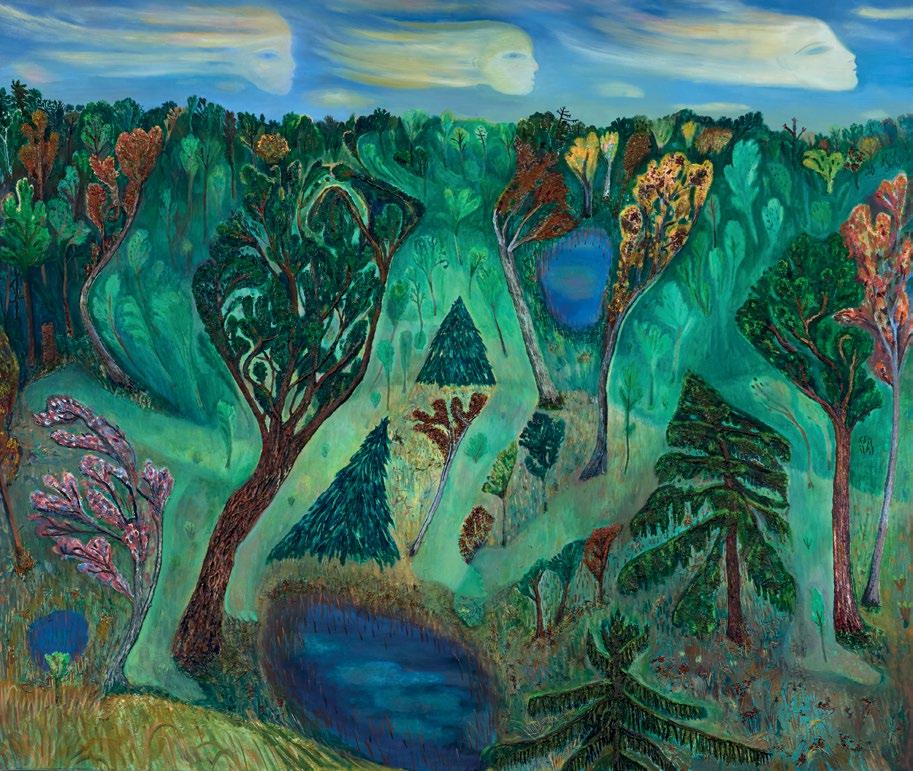
The Trespassers, 2024
Molding paste, prairie grass seeds, mop strings, moss, oil on canvas, 106x127cm, (Courtesy of the artist and the Valley Taos)
Right: Star Trappers, 2023
Acrylic, molding paste, mop strings, moss and oil on canvas
75x60cm, (Courtesy of the artist and SHRINE)
Next: I Keep Changing, 2024
Acrylic, molding paste, prairie grass seeds, mop strings, moss, oil on canvas
127x182xm (Courtesy of the artist and The Valley Taos)



by Hanna Filippa Carlsson
“I don’t see the world through rose colored glasses, I see the world through multicolored glasses.”




Tiny but mighty.
They navigate through vast landscapes on fragrant journeys to hidden blooms, a silent symphony that sustains both us and the world.


by Tuane Eggers
In their delicacy and still subtlety, lichens play an important role as indicators of air quality. Scientists call them ‘sentinel species’ - organisms that detect and measure environmental risks, as an early warning sign for human health and other species. These photographs make these beings the protagonists of the images, almost as a call to direct our attention to other forms of life that share with us the fragile and, at the same time, resilient existence on this rare and peculiar planet.



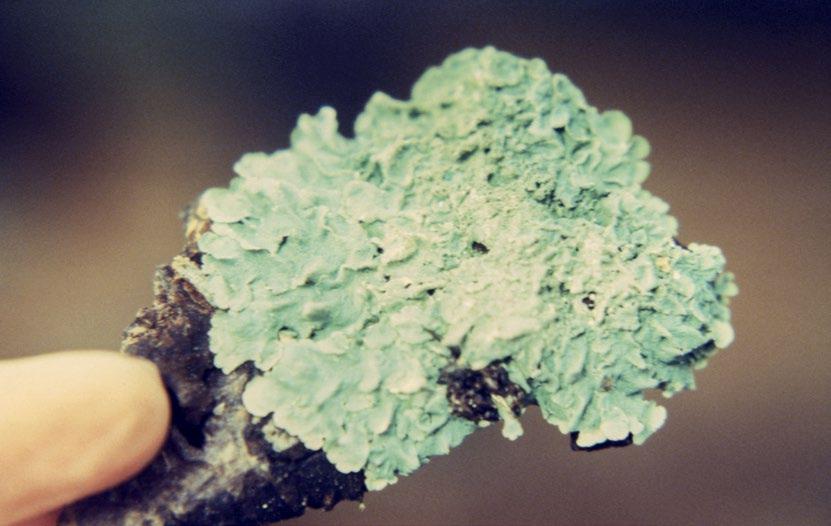




by Monica Vaccari
“I took a deep breath and listened to the old brag of my heart. I am, I am, I am.”
—
Sylvia Plath
I began traveling with the small black clay head many years ago, thinking of it as my traveling companion. Alongside the clay head, which I named “G,” I also carried my Nikon D300, my first digital camera.
During my journeys, I often found places where my gaze wanted to linger, as though drawn by a mysterious force, places that invited me to pause and simply be. In those very spots, I would place G and photograph her, as if to capture and seal a moment when I—and, by extension, G—could breathe in the space in perfect harmony.
I’ve come to understand that what deeply connects us to the environment we inhabit is breath. We draw in the air we need from the world around us and release it, transformed, infused with a part of ourselves.
The space speaks to us, and we, in turn, speak to the space that surrounds us.
The image of G breathing in the space is a projection of my desire to belong to a place, to live it fully, to feel intertwined with its essence.

Having lived in many countries and adapted to diverse languages and cultures, I think this desire has grown into a necessity—a need to feel rooted and connected wherever I go.

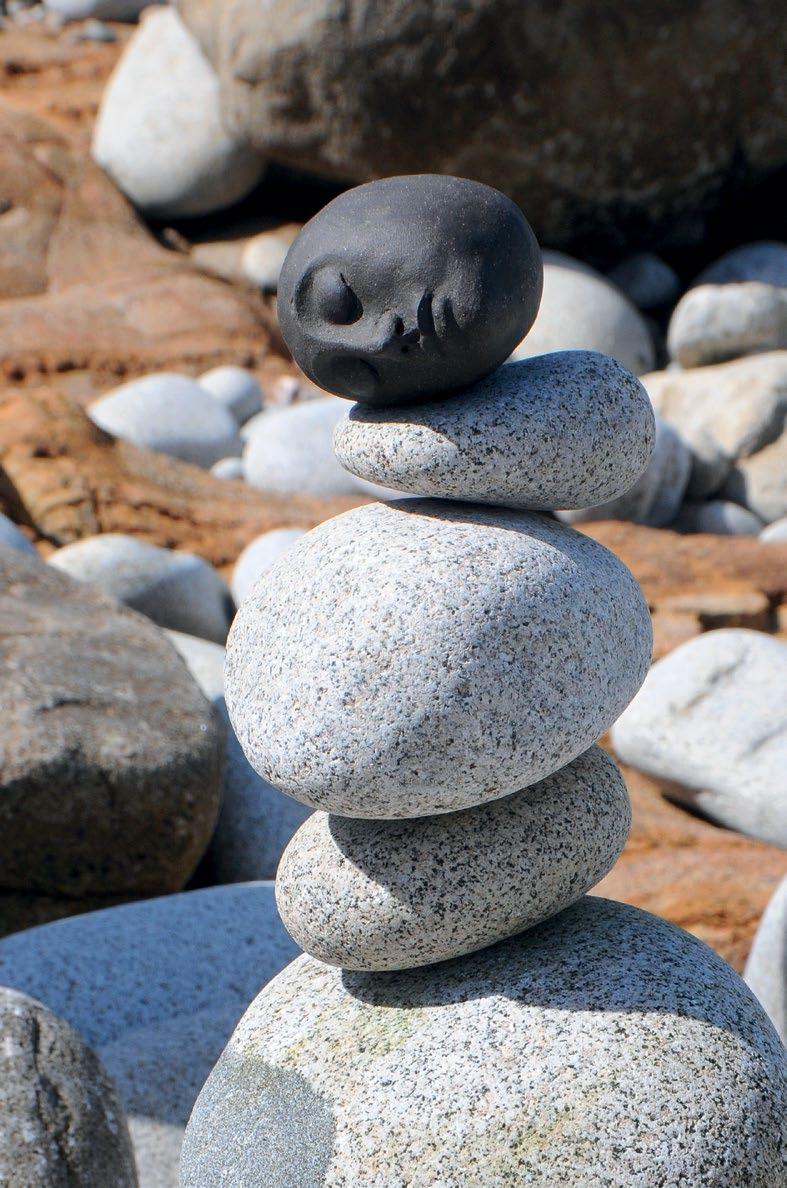

And so, G continues to travel, searching for this fusion of desire and necessity. She rests gently in each new place, with reverence, never disrupting or stealing the scene from the beauty that nature offers her. Instead, she breathes with me, taking in the essence of each space she inhabits.


by Ryder Kimball
Surfers in marine layer, California, Film

More water hangs over the Amazon Rainforest than passes through its rivers in a day. The air is physical. It’s closer to an ocean than to the vacuum of space. That’s an easy fact to forget. The air around us goes unnoticed unless, generally speaking, it’s foggy, causing turbulence, or filled with smoke.
But during the Anthropocene—a geological reckoning that forces us to confront the impact our species imposes upon the Earth—the air has never felt more material. Rising temperatures saturate it with water molecules and smog chokes sunless skies above major cities. If you’ve ever felt the oppression of a heat wave then you know just how thick air’s materiality can become.
We’re fairly bad at perceiving the ecological processes and physical realities that sustain life. Air is a slow, 2.3-billion year unraveling byproduct of oxygenating organisms. Yet in the last few centuries— not even a blink in Earth time—we’ve thrown our carbon and fume-filled additions to the mix. The result is a greater emergence of the invisible threads that hold our world together. You don’t think much about the ice shelves until they collapse, and breathing is automatic until you’re fighting for air.
It’s easy to take that which you can’t see for granted. We may see through air but it doesn’t see through us. Our actions are etched into the atmospheric firmament. That reality is now well-understood. As the Anthopocene illuminates the formerly invisible, the question, then, is whether we’ll adapt to this strange new world as “our new nature,” or lament what we’ve lost? Will we stay in our air conditioned and filtered homes, eyes glued to VR, or step into the dampened sunshine and inhale deeply the acrid smoke?








Article &
Photographs
by Elisa Mantovani
“What we call ‘sky’ is merely a thin, fragile veil draped over the world, a delicate membrane between life and the infinite void.” – Carlo Rovelli
The air around us is invisible, yet it is everything. It is the first gasp of life, the quiet pulse of existence, the whisper of leaves in an ancient forest, the howling fury of a storm that reshapes coastlines. We take it for granted, forgetting that it is both protector and destroyer, a silent witness to humanity’s ascent and its most pressing struggles. Air is not merely a backdrop to life—it is life itself. And yet, in our era of industry and excess, we have transformed it into a vessel of toxins, a driver of tempests, a reflection of our neglect. What does it mean to truly breathe, in an age when the very air we inhale is at risk?
Above us, an ocean of gases cradles our planet. Without it, Earth would be barren, stripped by solar radiation, lifeless like the Moon. The stratosphere, layered with ozone, filters out the Sun’s lethal ultraviolet rays, while the troposphere hums with the ever-circulating breath of weather and climate. It is a system so delicate that even the slightest change—a fraction of a degree, a molecule too many—can send ripples through the entire biosphere. And we, unaware in our daily routines, are sculpting its fate.
The Choking of Cities: Air Pollution and Urban Realities
Walk through a bustling city at dawn, and the golden light filtering through the skyline may appear poetic.
But often, that amber glow is not dawn alone—it is smog, a haze thick with particulate matter and nitrogen oxides, remnants of combustion engines and industrial waste. In places like Delhi and Beijing, air quality deteriorates to such an extent that breathing becomes an act of endurance. Fine particulate matter, known as PM2.5, lodges deep in our lungs, entering the bloodstream, causing respiratory diseases, heart conditions, even cognitive decline. A study by the World Health Organization estimates that air pollution contributes to over seven million premature deaths per year.
Yet it is not just humans who suffer. Animals, too, breathe this tainted air—birds with weakened lungs, insects navigating through chemical-laden currents, entire ecosystems disrupted by acid rain. Forests downwind of industrial zones show signs of decline, their leaves scorched, their growth stunted. The very air that sustains life now carries the weight of our recklessness.
Greenhouse Gases: The Unseen Architects of Global Warming
Air is not static; it is in flux, carrying molecules from one hemisphere to another, weaving an interconnected fate. Among its most potent inhabitants are greenhouse gases—carbon dioxide, methane, nitrous oxide—insidious in their invisibility, relentless in their impact. With every barrel of oil burned, every forest felled, these gases accumulate, trapping heat, raising temperatures, shifting weather patterns.

The Arctic ice, once a steady white sentinel, is vanishing at alarming rates, while ocean currents, destabilized by warming, spawn more extreme weather— hurricanes with unthinkable ferocity, droughts that parch lands once fertile. Methane, twenty-five times more effective at trapping heat than carbon dioxide, seeps from thawing permafrost, creating a cycle of warming that feeds upon itself.
Must we surrender to this fate, or can we reclaim the purity of our air? Science offers hope. Air purifiers, though temporary band-aids, provide urban dwellers with a semblance of relief. Carbon capture technology, still in its infancy, seeks to pull excess carbon from the atmosphere. But nature has always been our greatest ally—forests are the lungs of our world, sequestering carbon, filtering pollutants, exhaling oxygen.
Afforestation, the replanting of lost forests, emerges as an urgent necessity. Cities are experimenting with green walls, urban forests, and emission-free transport. In China, the “Forest City” initiative aims to create self-sustaining urban hubs blanketed in trees, where the built environment and nature exist in symbiosis. The European Union tightens its regulations on emissions, while Iceland pioneers direct-air carbon capture, pulling carbon from the sky and turning it into stone beneath the Earth’s surface.
Wind, the restless traveler, is both destroyer and savior. As hurricanes intensify with rising temperatures, their storm surges claim lives and reshape coastlines. Yet, paradoxically,

this same force is one of the cleanest energy sources we have. The wind turbines that stretch across the plains of Texas, the hills of Denmark, the coastlines of Scotland—they harness the invisible breath of our planet, spinning it into electricity, offering a glimpse of a future unchained from fossil fuels.
But even wind energy is not without its complications. Turbines alter airflow, disrupt local climates, affect bird migrations. No solution exists in a vacuum; each action ripples through the interconnected web of our world. Yet, if harnessed responsibly, the very air we once polluted may become our savior.
What is air, if not the poetry of existence? It carries the songs of birds, the scent of rain on dry earth, the gentle rhythm of a resting breath. And yet, we have burdened it with the weight of our ambition, our carelessness, our blind march forward.
But we are not powerless. We can demand cleaner energy, embrace public transport, rewild our cities, protect the forests that breathe for us. We can push for policies that limit industrial emissions, support research in sustainable technology, and hold corporations accountable for the air they tarnish.
The air we breathe is the story of our past and the script of our future. To clear it is to reclaim a world where every inhale is a promise, not a risk. Let us not wait until the skies grow silent, until breath itself becomes a privilege. Let us begin now, while the wind still carries whispers of hope.











































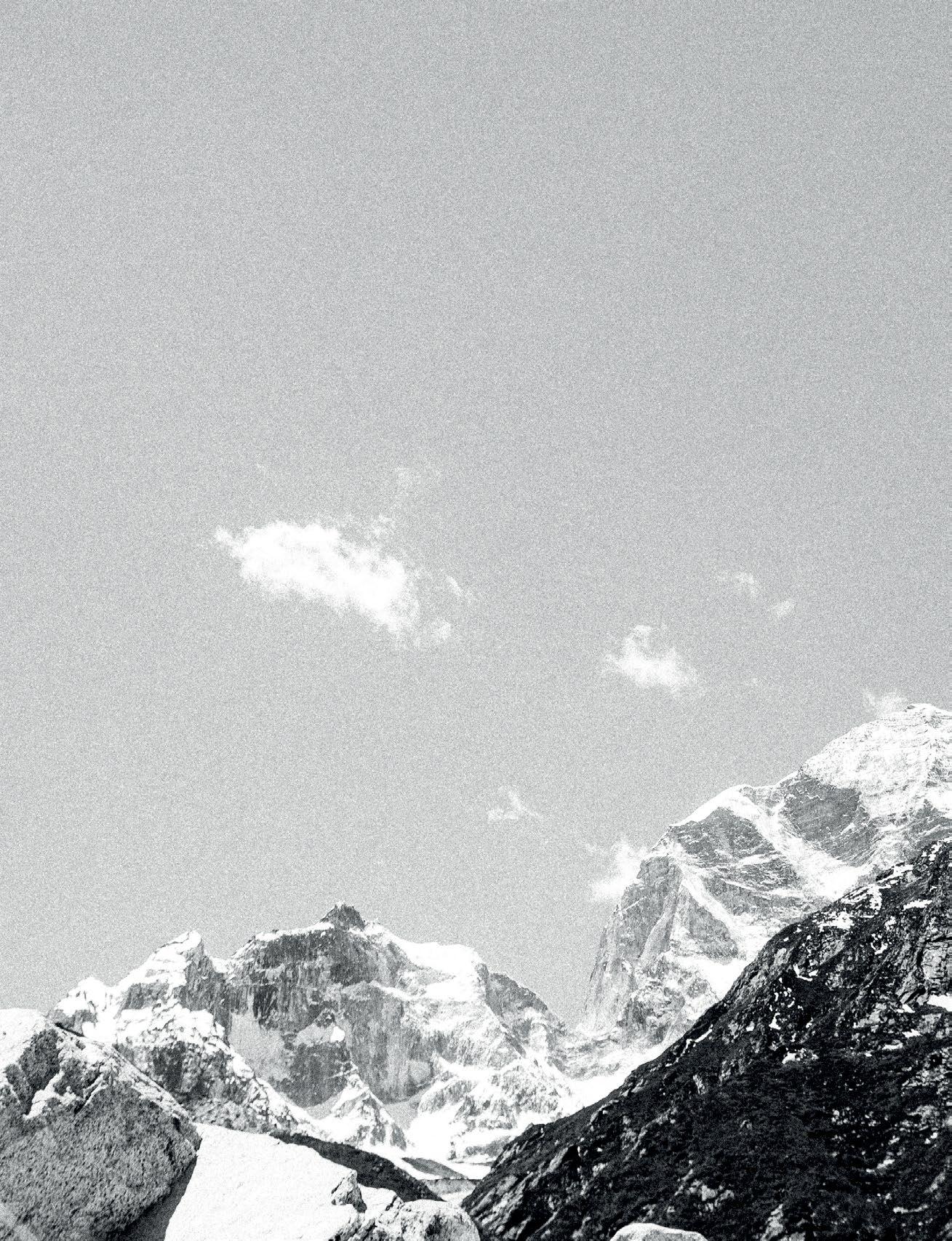


































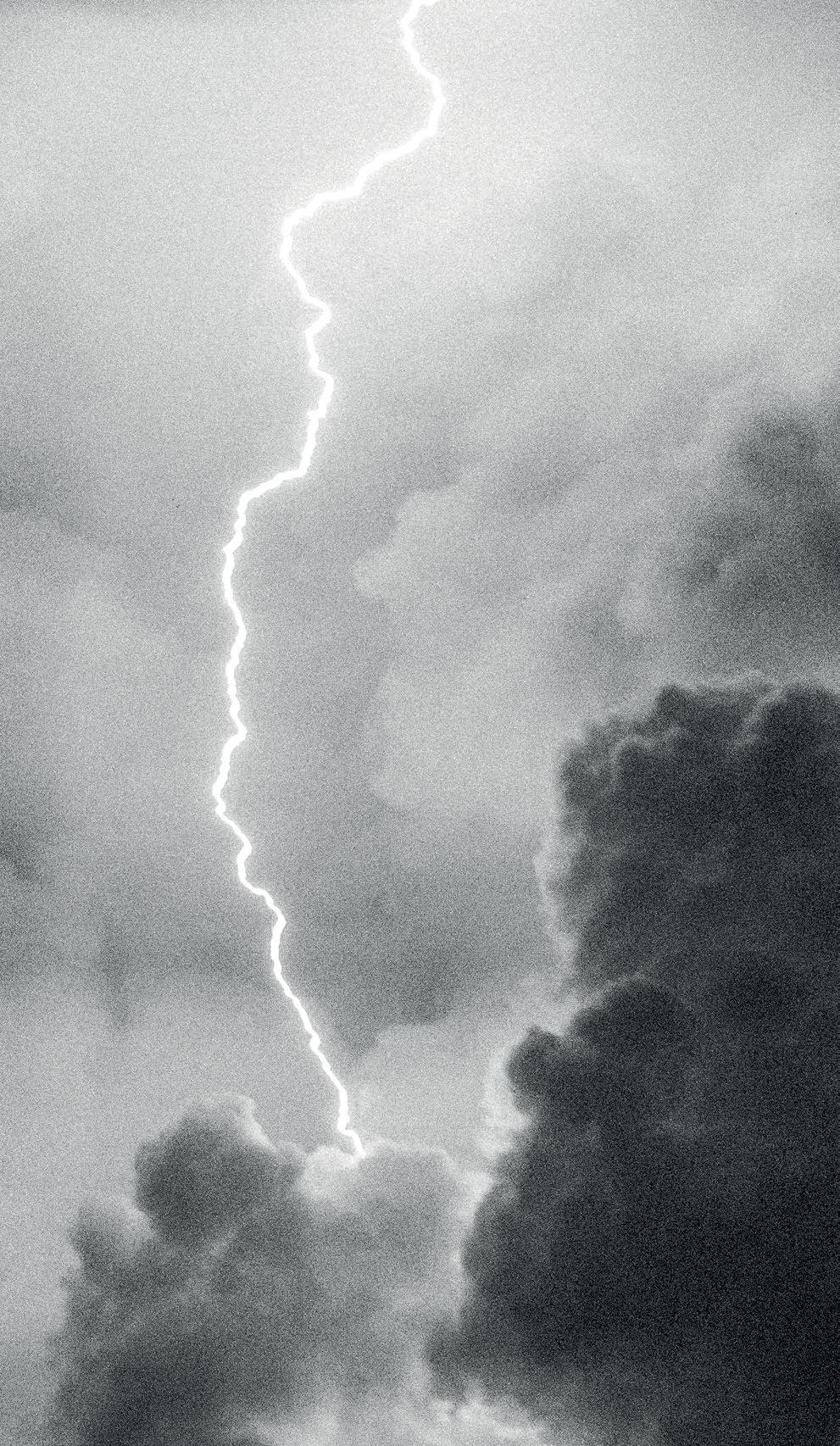



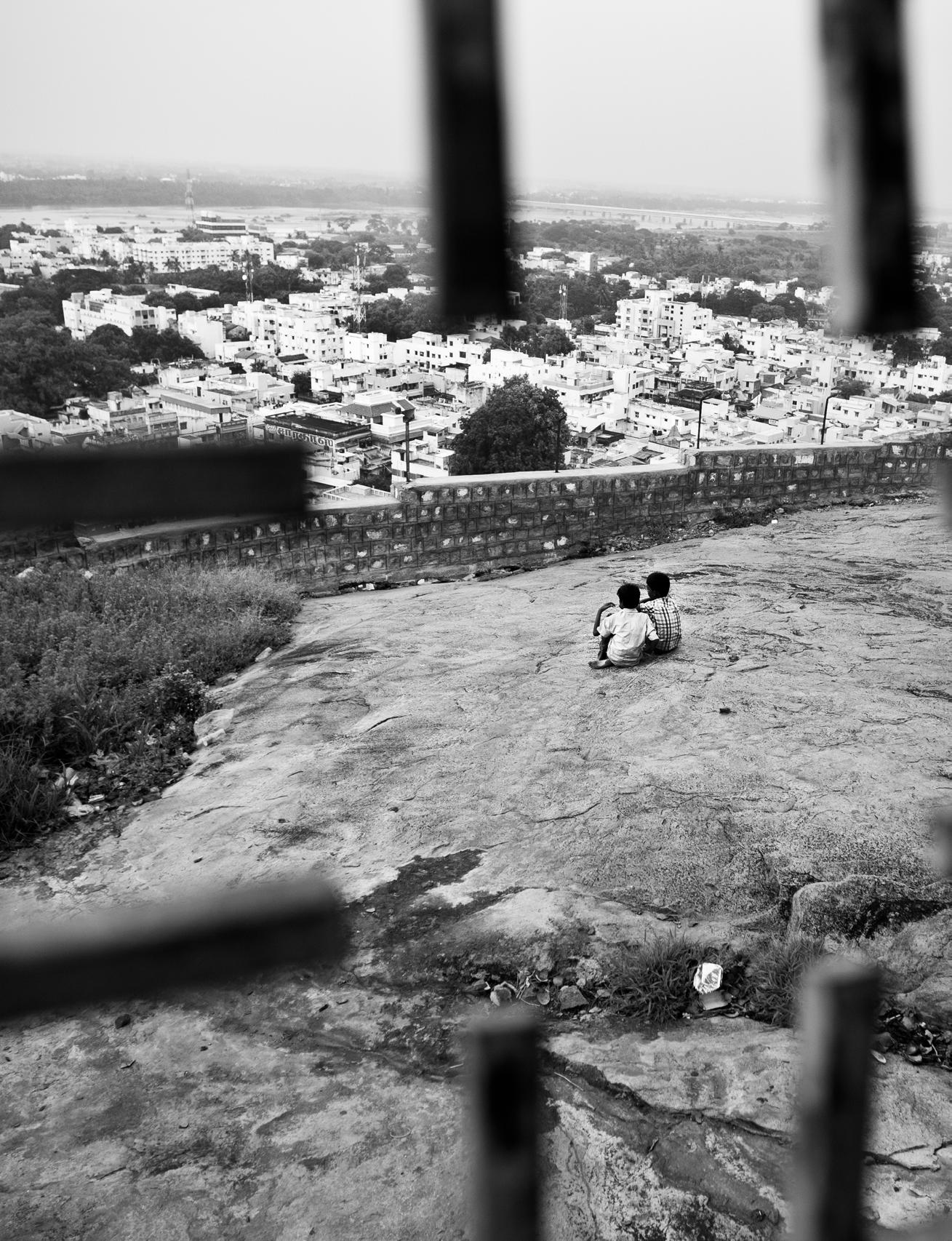







by Zack Lewis-Griffiths, Photographs by Falk Lehmann (AKUT)
Demolitions of the architectures of a kindred people provoked by the newly wedded out of grace: the storms and deceptions so severe.
Desolations
fertile earth now territories of barrenness, debris. Of the names and life-force of loved-ones once written into the walls and living bones and as stories in the age-old eyes of the child Dust remains, and ashes swept far in morning winds.
Silence is the storm also, beneath thunders in the cavernous spaces between eruptions it’s what we hear now this emptiness bequeathed the words those told by the propagators and lords of war.
Ancientness of heritage, though, is hidden from that seering power of their winds that continue to dismantle what is left Legacies forced underground until they can again be fiercely displayed for now they are lifelessly archived, exhibited, categorised and yet remain so alive in the age-old eyes of a child. Beauty of this spirit, human, this perseverance of soulful Is beneath rubbles, strewn in these holiest of lands home to the sanctitude of portals to centres of such definitive history immensities of our collective intricacies lovingness of our nature, brutalities inherent awe of our artistries that live on in earth but in the airs also of so-called races splayed, beliefs laced with ruptures inserted by factions and conquest decayed
Now after the cold rattling breaths of gunfire the beat of shelling raining hell’s like surrogates for ceased pulses in seemingly unending nights voids are left in place of the once abundant Here, death speaks names names that billow and are hurled astride as if in dust storms names living still only in the mouths of few remaining kin
Shades walk in the currents above what’s left hungry, lost, caught still in gusts that took them in the turmoil
The hospital records, those of doctors and local government also turned to scraps and charred carbon filing cabinets of schools, registries of mosques even the documents of life are gone.
In breezes I smell flesh, burning and in the stillness, then, ashes rain
Yet then, somehow, I can laugh and sense joys as children do when they forget, for a moment, the profanity of massacres and are present in that innocence they gift us our nature exists on
humanity shattered again in the artificial squalls battered and ransacked, stolen from universal laws, mocked, by agents primeval in division.
All of it, though, more legends to join the many uttered in the khamaseen winds and told into the crackle of open fires at the camps and sentry-points on cross-roads children will become full-grown, borne down, sulb. but children there will always be born.
In the age-old eyes of the child history repeats, yet continues, and there is no ending here here in sight in the Levant, in the place where the sun rises the origin-place des vents that have carved the rockfaces of man throughout uncountable cultures millenia
across all lands of our ceaseless world as we have ever known it forefathers have heeded words heard in the Levanter and gathered them in sails to have the force to cross the straits.
Now the people of holy lands call the rest of us once again winds are bristling, they carry far too much weight howls of grief, rage, desperation for relief
I see a child’s eyes engorged, aged, so hazel grey, dotted.
With the pockmarks and taints of both stray and very targeted bullets Filled, with shrapnel tales like dark lenses. The war is like brethren, grace, now for he shows no fear even as the bloodshed desolates his face, his dignity is as the rock the rock that lives on far below the desert, olive tree remnants, water and oil lakes, mass graves.


Do they know that the greatest authorities and their militaries of the world stage are as carcasses of lies fly-ridden? dressed in brand new st laurent and wearing class-signifier cologne speaking eloquently in microphones for untold millions to consume savage words spelled like disgraced meat wrapped in plastics Sold
The child of age-old eyes, will remain whole till and beyond these days of war the nights of atrocity and carnage this long night of the human soul a stain upon the history told to Our children who will demand why so many of us stood by and chose the destinies of evil-doers as common energy the apparent allyship with the preservation of hellishness on Earth with the order of chaos worldwide most of all in southern homelands where pale parasites can prey on, extract from humans that don’t look too much like themselves in their swollen, bloated eyes.
Bought by the licensed butcherers and false prophets sold again to the fickle seas of infectable minds the profits used to buy more suits and plastic wrapping and stocks in arms firms that mass-produce the devices of mass-slaughter
There is a complex manner that industry oligarchs cement their dead sinews and cortexes to those of the warlords and moguls of media with bone glue, congealed ichors of the beast of their burden that once carried the heavy idol of truth, justice, sanctity previously honoured now brutalised, sucked dry by these pale parasites the richest men of the fattest empires on earth also the most ‘developed’

I write, we continue.
we create in light shed upon all we see. We see that never again in humanity’s legacies of the power of choices should there be such devastation in a child’s eyes. Unwedded, now, to these hateful storms the wrong currents of their air. We no longer choose to be the heirs mindlessly, of leeches in st laurent we choose to no longer be theirs.
We build up strong backs that not only stand the pain received again, and again but anchor our common Solace in collective resilience of intergenerational wisdoms and defiance mastery in the eyes of the Earth’s keepers whose voices are carried in the air we breathe in guardianship of the clarity, luminary, at the gates that will ever halt those unchosen those that choose to try to extract our children’s essence and pervade our intelligence with the insult of spiritual pestilence.
Once winds have stilled, they turn, I promise as tides of history turn as the hour is born to be seen to by the dhikr piercing us, as do the age-old eyes of the child who has written into his stone he shows to us that he has lived the tortures the warfares and sicknesses of men dismembering their birthright human gifts of this life but that he will live on thousands more injustices will befall his lifesight but his voice will live on in winds like the as-Sabā alive themselves Uncountable loved ones and their memories shall fade away in the same rīāh but the meaning in his gaze shall never the substance of his fortitude and capacity for love will live on It shall live because so many of us have now seen it clearly because it is the very meaning we stay alive
to give to one another the very reasons to live.
ZackieL, Oct 2024 - Feb 2025
by Linda Westin
In the middle of the forest there’s an unexpected clearing which can only be found by those who have gotten lost.
-Tranströmer
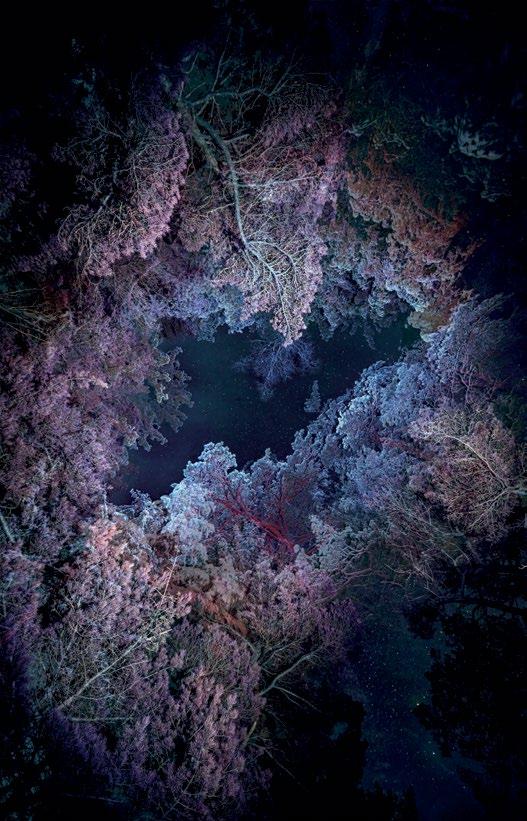
I think we are already there
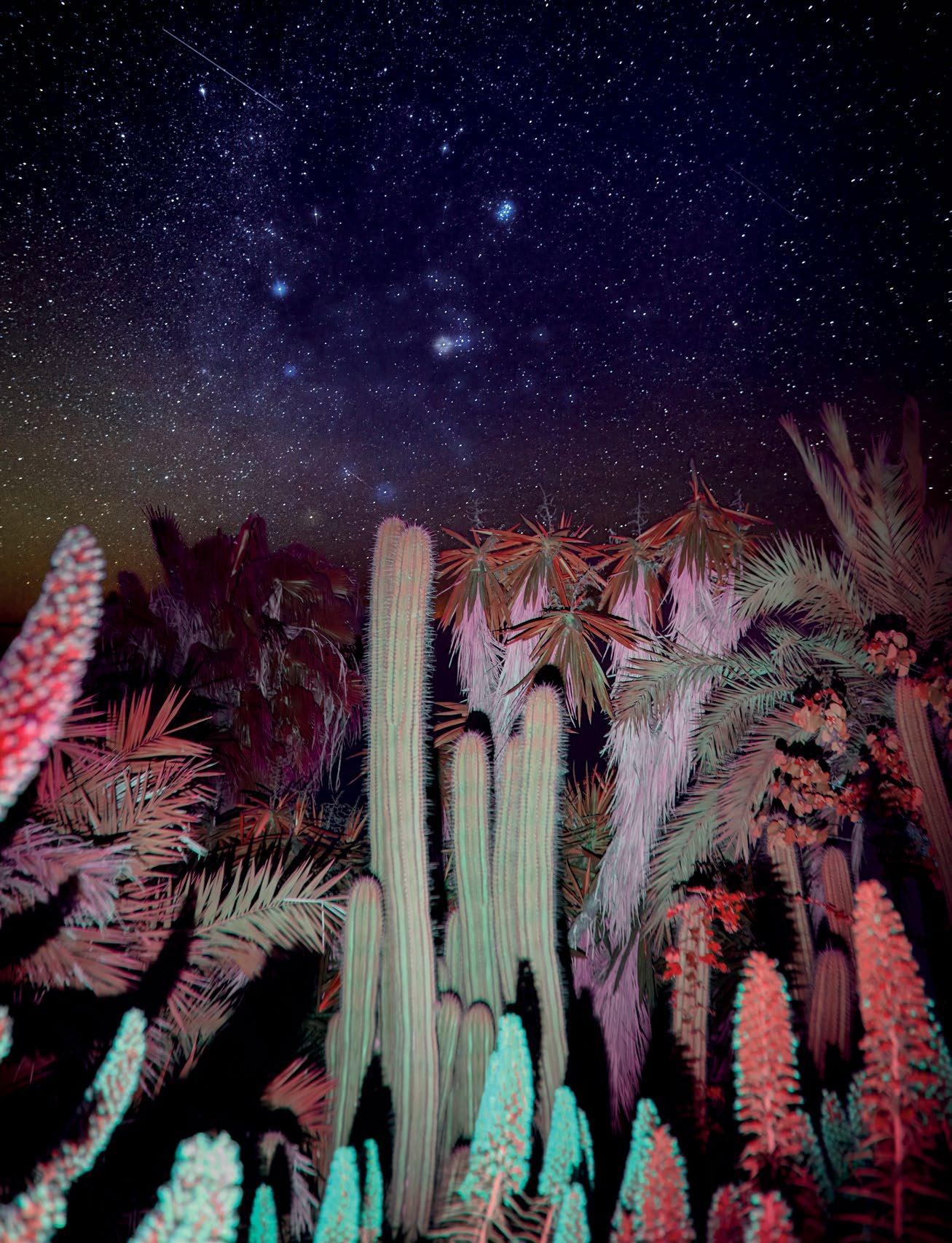






Where we could have been
by Andrea Stellar Folk
You do not have to be good. You do not have to walk on your knees for a hundred miles through the desert, repenting. You only have to let the soft animal of your body love what it loves.
— Mary Oliver, Wild Geese
What is creativity? It often feels like an untamed, mystical force that arrives in sudden gusts of inspiration, appearing out of nowhere. Since ancient times, humankind has yearned to tap into this elusive energy—sometimes feeling it close, yet just out of reach.
A profound truth is often overlooked in discussions about creativity: our ability to create authentically is intimately tied to how connected we are to our bodies.
When we understand and nurture this connection, we open ourselves to a natural flow of creativity—light, fresh, and full of possibility, like a breeze through an open window. Friends, let’s open the window.

The gentle permission to “let the soft animal of your body love what it loves” is an invitation to reconnect with the rhythms of our nervous system. It asks us to trust in the innate wisdom of our body and honor the wild, instinctual parts of ourselves that long to express, create, and live fully.
Everything begins with cultivating safety within. In a world ablaze with challenges, finding your ground is a radical act of self-compassion and empowerment. From this steady foundation, we shift from reacting impulsively to acting with purpose—making space for insight, healing, and meaningful creation.
After all, everything is creation. From cooking to speaking, we are in a constant state of making. You could say we are all artists.
The wisdom in Mary Oliver’s words lies in their simplicity: to create, we don’t need to strive or prove ourselves. We need only to trust and surrender to the soft animal of our body.
This surrender is not passive—it is a profound act of courage. To trust our body is to trust that its rhythms, desires, and instincts will guide us.
Rick Rubin, in The Creative Act: A Way of Being, describes this as tuning in to the “subtle frequencies” of inspiration—a process that first requires quieting the noise of stress and self-doubt.
Similarly, Elizabeth Gilbert, in Big Magic: Creative Living Beyond Fear, describes creativity as a playful, curious companion that thrives in environments of trust and surrender. She sees ideas as living entities, traveling through the world in search of willing collaborators. If an idea chooses you and you don’t act on it, it might eventually move on to someone else.
This perspective reframes creativity as a partnership between ourselves and something greater—whether that something is divine, metaphysical, or simply the collective energy of human imagination.
By embracing this mindset, we can bypass the paralyzing perfectionism and fear that often block us. Instead of worrying whether we are good enough, we can approach our work with curiosity, humility, and playfulness. The process becomes less about proving ourselves and more about showing up—ready to meet the muse halfway.
Trust and surrender, however, are not states we can force. They arise naturally when our body and nervous system feel calm, safe, and at ease. A restless mind and tense body create resistance, making it difficult to access the creative flow Rubin and Gilbert describe. True creativity emerges when we nurture our inner landscape—soothing the restlessness of anxiety and self-judgment.
At the heart of our nervous system lies polyvagal theory, developed by Dr. Stephen Porges. This theory explains how our autonomic nervous system operates in three primary states:
Fight or Flight – The sympathetic state, marked by hypervigilance, anxiety, or restlessness. Here, the mind races, and creativity struggles against rigidity and reactivity.
Freeze or Fawn – The dorsal vagal state, a sense of shutdown, numbness, or disconnection where creative energy dims entirely.
Ventral Vagal – The state of safety and connection, where creativity flows naturally. In this state, we feel open, safe, curious, and attuned to inspiration.
When we are stuck in fight, flight, freeze, or fawn, creativity feels blocked. Unprocessed emotions like fear, shame, or grief can linger beneath the surface, acting as invisible barriers to authentic self-expression.
Creativity requires spaciousness— an internal openness that allows ideas to breathe and take form. Suppressed emotions constrict this space.
At the root of these emotional states lies trauma—unresolved hurt and experiences of broken connection. When we endure pain—whether from childhood adversity, relational wounds, or chronic stress— our nervous system learns to prioritize survival over expression and authenticity.
These protective patterns, though once necessary, often persist long after the danger has passed, cutting us off from the expansive states where creativity thrives. To reclaim our creative flow, we must gently attend to these wounds, creating a sense of safety within ourselves where healing and expression can unfold.
Gabor Maté reminds us that repressed emotions are not just psychological—they are stored in the body. Grief lodged in the chest, anger coiled in the belly, or fear tightening the throat creates internal static, disrupting the flow of creative energy.
Buddhist meditation teacher
Tara Brach calls this “the trance of unworthiness”—a state in which unresolved emotions disconnect us from our true selves, silencing our creative voices.
To create authentically, we must turn toward these suppressed emotions with curiosity and compassion. Like clearing debris from a blocked windmill, this process frees us to move, imagine, and express in ways that feel true to who we are.
To support your nervous system and cultivate creativity, try this simple embodiment practice inspired by the element of air.
1. Sit comfortably, feet grounded, hands resting in your lap.
2. Close your eyes. Take a few deep breaths, noticing the air as it enters and leaves your body. Imagine your breath as a soft ribbon of wind, moving freely through you.
3. Direct the breath toward any areas of tension or discomfort in your body.
4. Sit with these areas, meeting them with your breath. Internally whisper:
- You belong here.
- This is the life of the moment.
- Yes.
5. Acknowledge what these areas of discomfort might be holding. Is it grief? Anxiety? Shame? Fear? Whatever arises, breathe with it. Let it be felt without resistance.
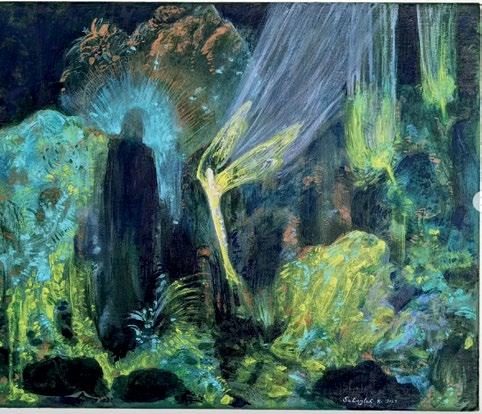
Messages I by Suhaylah H.
6. With each inhale, create more space. With each exhale, release doubt, fear, or heaviness.
7. Bring your awareness to your heart. Place a hand there if it feels supportive. Whisper:
- I care for this suffering.
- All parts of me are welcome.
- I am already whole.
8. Allow your breath to flow naturally. Rest in this space of loving awareness.
9. When you feel ready, open your eyes. Carry this feeling into your creative practice.
Our nervous system is the vessel through which creativity flows. By nurturing its balance and grounding ourselves in the wisdom of the body, we create the conditions for inspiration to move freely.
Creativity doesn’t come from striving— it flows from surrender. The act of creating is, at its core, an act of being. And now, more than ever, the world needs the unique creativity that only you can bring.
Find out about Andrea’s retreats with earth medicine at www.stellarfolk.org. She shares meditations and practices on Instagram: @stellarfolk.
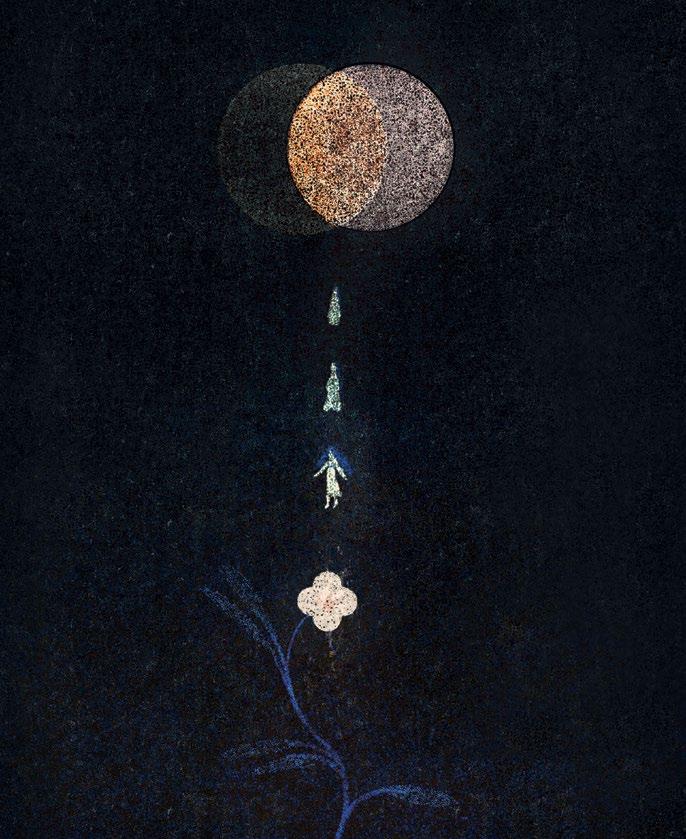
by Tuan Vu
Tuan Vu was born in Saigon, Vietnam, and is currently based in Quebec. A self-taught artist, his practice spans drawing, painting, and photography, with a focus on color to convey emotions and narratives. His work often features women within vibrant tropical landscapes, drawing inspiration from Les Nabis, traditional Japanese woodblock prints, and the sun-bleached palette of the South of France. Vu’s distinctive process of layering color directly onto the canvas creates dreamlike compositions rich in texture and intricate patterns. His art invites viewers into mystical worlds where beauty and imperfection coexist, evoking joy and a sense of peace.
His latest paintings transport us into ornate, magical spaces where women in kimonos gather or find moments of solitude. While Vu celebrates beauty and harmony, his work also explores social and cultural themes, particularly the constraints placed on women. Inspired by James Ensor and traditional Vietnamese theatre, he incorporates masks that allude to the shifting roles women are expected to play. Meanwhile, the patterns and colors of the kimonos reflect the Japanese tradition of using attire to indicate social status, age, and occasion. Within these contexts, Vu’s lush landscapes become not just dreamlike escapes but also spaces for community and self-expression.




Les Arômes de L’Après-midi, 150x180cm
Right: Sieste à L’étang, 180x150cm



by Mark Tamer
For nothing can be sole or whole That has not been rent.
- W.B. Yeats, Crazy Jane Talks With the Bishop
Look out honey, cause I’m using technology! Ain’t got time to make no apology Solar radiation in the dead of night Love in the middle of a fire fight
- Iggy and the Stooges, Search and Destroy





by Didier Hamey
Didier Hamey’s engravings, ranging from small to large formats, depict a captivating bestiary of hybrid, enigmatic figures intertwined with nature and landscapes. These works embody exuberance and the alluring mysteries of the earth and fertility, serving as vibrant expressions of natural spontaneity and the joy of life. Widely regarded as one of France’s leading engraving artists, Didier Hamey continues to push the boundaries of this timeless art form.
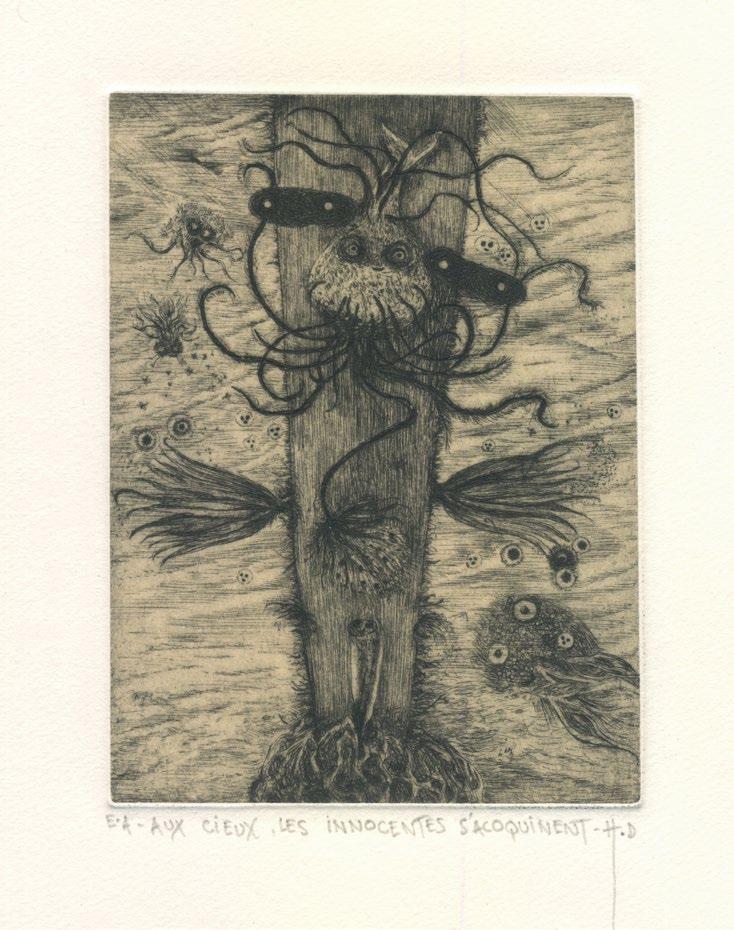





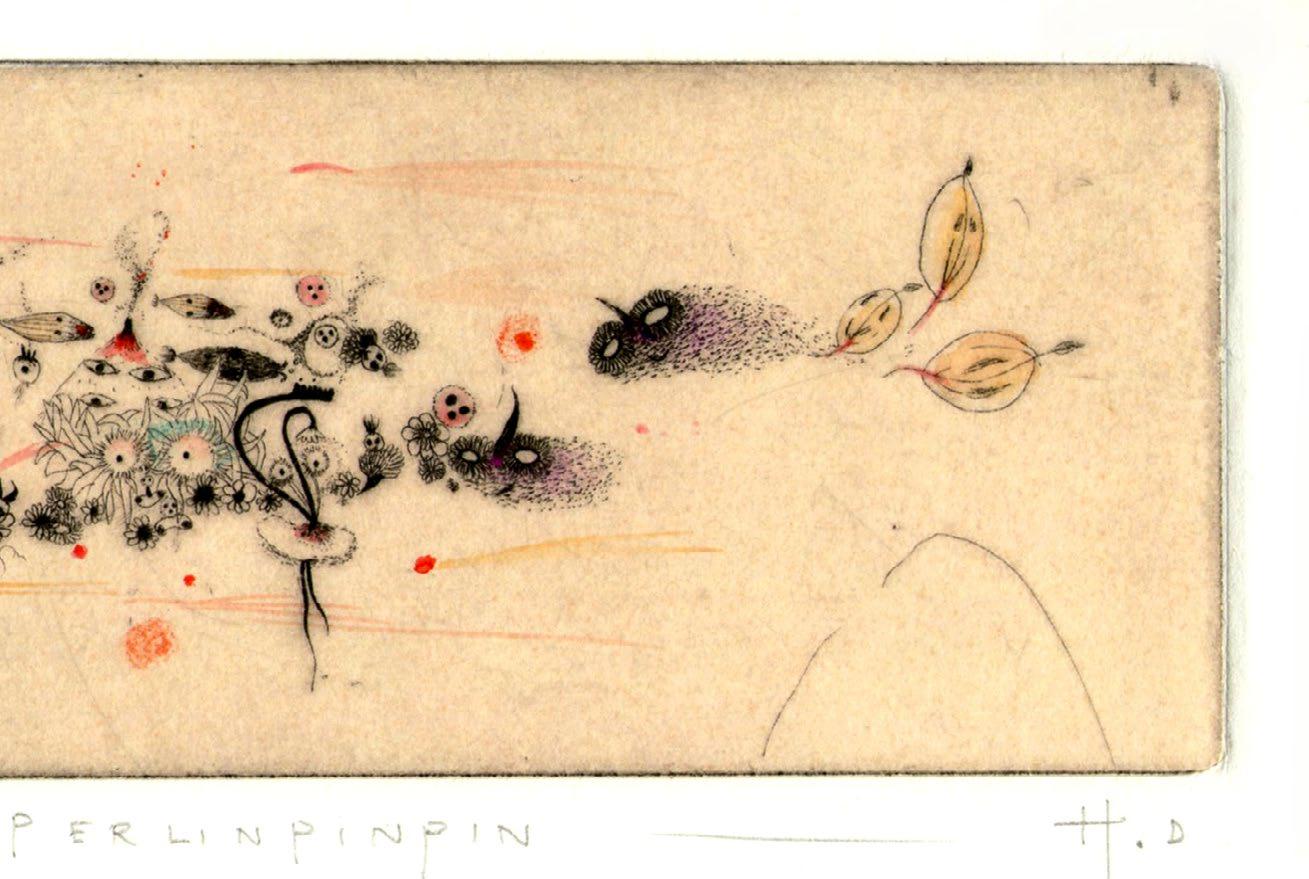

by Mia BloomBecker & Tammie Quintana
“My name is Mia BloomBecker. I have been shooting film for over 20 years and have never switched to digital. Digital photography never appealed to me—I’ve always had a deep appreciation for older media. My uncle was a fashion photographer in New York from the 1950s to the 1970s. He taught me how to use a camera when I was 13 and gave me the freedom to explore. He encouraged my creativity without slowing me down with arbitrary assignments. Suddenly, I was able to document the tiny details I noticed as an observant child. Art had always been part of my life, but photography changed and expanded my world.
My love for photography was reinvigorated when I was introduced to Lomography, film swaps, and film soup in 2014. I feel fortunate to have collaborated with so many people across the world and have completed over 230 film swaps. I love the elements of surprise and serendipity that define a film swap. The subject matter the first photographer captures is often a complete mystery. Most collaborations only happen once or twice, so it’s truly special when a deep friendship forms.
I met Tammie in March 2020 through Instagram. It was such a scary and confusing time, and our new connection felt both grounding and exciting. I admired her for helping others in her community and was drawn to her photographic style. I have always been enchanted by flowers, while she is inspired by people. Film swaps with portraits are rare for me, and she has a gift for capturing a person’s essence. We also share a love of nature, and I was intrigued to see the different landscapes in her work. I was eager to see what we could create together.

The Innocence of Freedom

We decided to collaborate, and every film swap we’ve completed has felt like it was touched by magic. The first time she sent me a roll in the mail, it arrived in a collaged box adorned with dreamy blackand-white imagery, nudity, and sparkles. Inside, she had included nasturtium tea, a feather, and a sprig of lavender. I was captivated. I’ve always loved collage and felt I had met a kindred spirit.

Over the years, we’ve delighted in shooting rolls for each other in new locations on a variety of film stocks. We have completed nine film swaps, many of which are on Lomochrome film. Beyond photography, we’ve shared personal moments of triumph, challenge, and complexity. Tammie is always caring and supportive, especially in moments when I need to feel seen. Though we have yet to meet in person, we have visited each other in dreams. I feel lucky to experience New Orleans through her lens—she has introduced me to her friends and brought me along on photo shoots, all through a roll of film! Exploring with Tammie always feels like an adventure, and I look forward to many more years of collaboration.”


“My name is Tammie Quintana, and I am a portrait film photographer based in New Orleans, Louisiana. I love experimenting with film and finding unique ways to capture people. Over the years, I’ve explored the art of film photography and built meaningful friendships through collaborations within the photography community.
I was drawn to Mia because of her passion for Lomography film, her talent as a pen pal artist, and her deep love for nature. I remember looking at her experimental images on Instagram in awe—her film swaps created vibrant, dreamy compositions that sparked the imagination. Inspired by her work, I wanted to learn how to create multiple-exposure film swaps myself.
In March 2020, I sent Mia a message on Instagram asking if she would be interested in a film swap. She agreed, and we began by each shooting a roll of film. I carefully packaged my film in a handmade collage box, included a note, and mailed it off to Santa Cruz, California. Around the same time, I received a package from Mia containing a recycled painted record, a heartfelt note, and a roll of film she had shot. We then shot a second layer of frames on each other’s rolls, developed them, and excitedly shared our collaborations.
Over the years, Mia has taught me how to become a better multiple-exposure photographer by sharing her own knowledge and techniques. Our images have become increasingly captivating and ethereal. The stories we tell through film are like loud whispers, allowing each of us to shine through the silver crystals. We complement each other’s styles, empathize with each other’s hardships, and have bonded through art—visually, verbally, and in a tactile way.
Mia is one of my muses; she inspires me to manipulate film and embrace the imperfections that make a film swap so unique. We are both generous collaborators with open minds, always ready to receive the unimaginable. With each roll of film we swap, our connection deepens, and our friendship grows. I have loved our pen pal friendship and look forward to the art we will continue to create together in the years to come.”


Interview of Josephine Carl
Photographs by George William Vicary & Jakub Gessler
• Can you share the story behind the name CHILD + THE BANNED? How does it reflect your artistic vision?
I have always been terrified of growing up. I think it’s got something to do with people’s expectations – especially the expectations tied to becoming a woman; it can be so claustrophobic. I struggled with this a lot growing up and during adolescence. Yet somehow, childhood seemed like such a fearless state of being to me. And when I felt the most lost in my life, remembering the fearless energy I’d always had as a child helped me navigate who I was becoming as I grew.
Of course, when a phoniatrics specialist later concluded that my voice was “stuck in a state of puberty”, my artist name came to have a whole other layer to it. I was already gigging with the band as CHILD + THE BANNED; a reference to my obsession with the childlike liberated state of being and to all the banned emotions and demons, which I only in music find the space to express. The moment I found out about the biologically abnormal development of my voice, it was like a prophecy coming true.
• Growing up in Copenhagen and living in London, what role did your environment play in shaping your music and creativity?
I grew up by the sea, north of Copenhagen, in quite a small, protected sphere. I was very ill and taken out of school in early adolescence, which contributed even further to the sense of secludedness that I felt. I was often on my own. I only had a few friends and hardly any kindred spirits. So I spent a lot of time writing songs on my piano. Even when my classmates started partying and chasing romances, I’d be deeply buried in Patti Smith literature; very much inspired by her legendary memoir ‘Just Kids’,
I remember having this distinct feeling that there must be another galaxy where my like-minded peers were waiting for me; I just needed to go out into the world and share who I really was. Just like Smith went to New York and became best friends with Robert Mapplethorpe, I would go somewhere and form these special bonds through music, art and creativity. In that sense, London became my version of her 70s New York.
London is in many ways an antidote to Copenhagen. It’s dirtier. And louder. And you are left to your own device if something goes wrong. It’s always diverse, different and creative (and yet, it’s almost impossible to survive here as a creative unless you come from money, or you work and hustle 24/7 –– I belong to the latter of the two, I’m afraid). When I moved, I did not know a soul. But I never felt alone. Everytime I’d go out of the door, I’d be in Disneyland and felt anything could happen, for possibilities were endless. In London, there are always so many people to meet, so many stories to uncover. There is so much space here to be yourself –– and I probably feel embraced for who I am in a way I never quite felt when I was in Denmark.
The sensibilities of both places – of London and of Copenhagen – run through my music. I hear their influences distinctively. The sounds of the sea, of water, of the overgrown garden guarded by a tapestry of wild ivy; the sound of naivety and secludedness and sometimes loneliness; that’s the sentiment of my upbringing. However, the gritty beats, the curiosity, the wildness, thirst and sensuality; those elements speak to the person I became as I blossomed in London. I am as suspended between the two, in my mind and in my music and in my lyrics.



• Your voice has been described as “stuck in a state of puberty.” How has this rare vocal quality shaped your artistic identity and sound?
I have a very high range. My vocal folds are quite long and thin, spaced apart from one another –– not fleshy and sitting close together, as most often is the case for girls in teenage years and above. I believe I’ve expanded my lower range recently, too, though. It helped when I accepted that my voice was just different; that a lot of things normal voices do easily are really hard for me; and vice versa, my voice can do things that are way out of reach for other vocalists. Somehow, accepting your voice as it is, goes hand in hand with truly knowing yourself as an artist: You can only sing with your own voice, there’s no other way to be true. It’s definitely a challenge during those years when you just want to sound like everybody else. But, at some point, you realise being different is the best gift serendipity could ever have granted you.
• Your music has been described as “little reveries unveiling your dramatic perception of a hazy world.” Can you expand on what this means to you?
I am a super emotional and sensitive and, arguably, dramatic person. I only have big emotions. It’s always been like that. The world is confusing to me but in my music, I get to somehow make order of the chaos – even if that order is in fact a crazy mess, at least the process gives me clarity and enables me to process what is happening around me and inside me. And subsequently, I throw my curiosity upon something new.
• CHILD + THE BANNED has performed at an incredible array of venues, from fashion shows to renowned museums. What’s been the most memorable performance so far, and why?
Every performance gives you something different. A new audience. A new energy. A new place. A new challenge. Live performance is so potent and so real. The connection you have with the people in the room is crucial and changes everything. I love the collaborative performances I’ve been so lucky to do, for instance with Michaela (Stark) in Milan or at SHOWstudio, curated by Nick Knight. I love being a part of a team, who –– in the name of creative divinity –– throw all their force into creating a shared moment of beauty, or horror, or both. Every time you connect with a collaborator, it’s as if two different breeds of aliens are meeting one another on a faraway planet, intertwining their tentacles and realising they, for some incredible reason, understand each other’s strange languages. I love that!


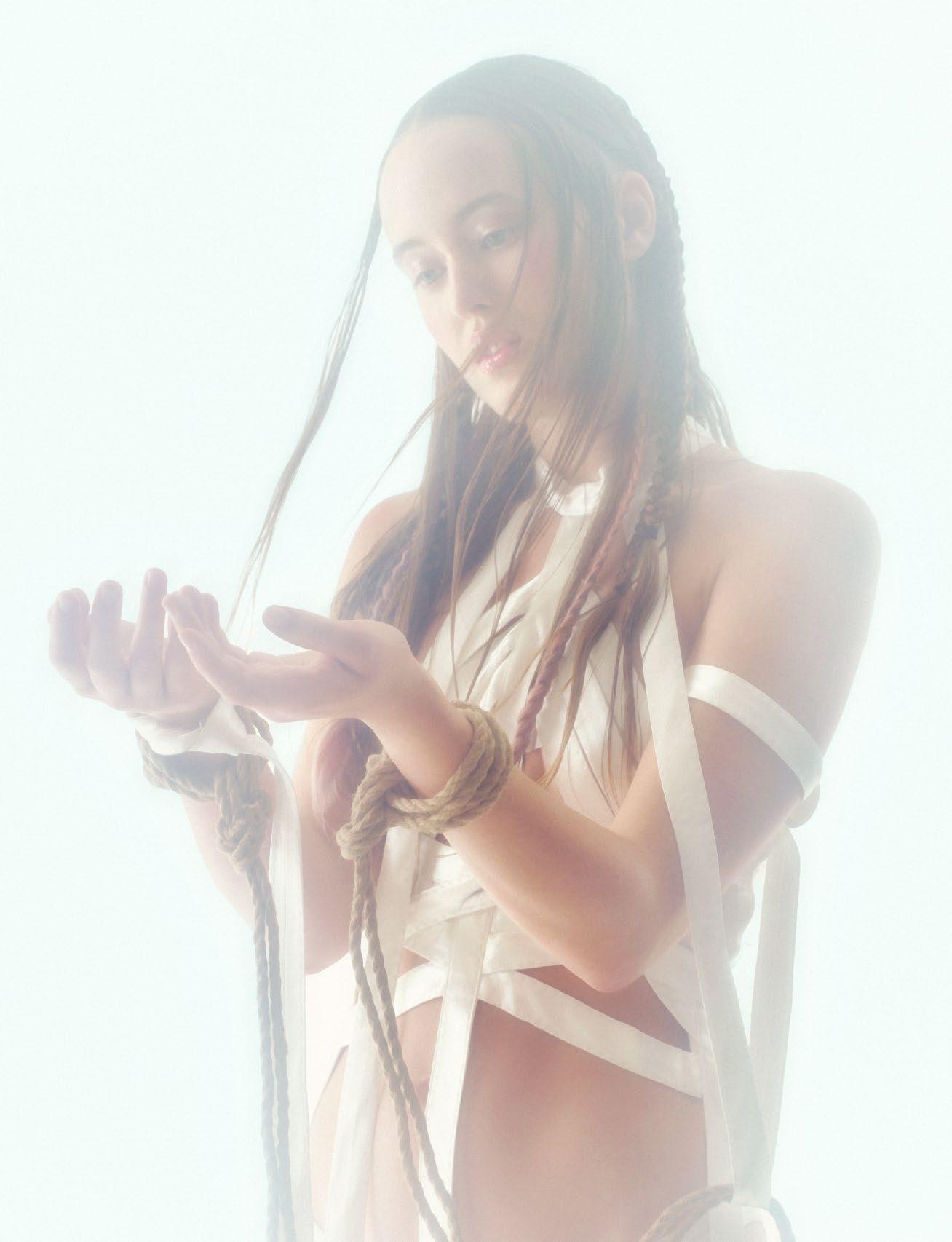

• What’s next for CHILD + THE BANNED? Are there any current projects, tours, or releases we can look forward to?
Yes indeed! We’re releasing a short film and a single, ‘Long Time Ago’, on Nowness this month! ‘Long Time Ago’ is a journey back to the time in my life where I was ill and a reflection of how badly my life was falling apart at the time. Somehow, as I tell it now, I find that I am conveying the story of a girl falling apart, whilst the world around us seems to fall apart in simultaneous slow motion. My generation has gotten used to living in an apocalyptic space –– environmentally and politically –– and we go about our daily lives in this shadow. Writing ‘Long Time Ago’ and shooting the film has been a very very emotional process for me. I hope that people feel how every moment in this song and in this film –– both the vulnerable and the strong moments – all come from a very real place. I hope they will mirror parts of their own stories in mine, and that the film and music will inspire them to live alongside their own demons rather than pretend they aren’t there. Because the demons never leave. You can befriend them –– but first, you must learn not to fear them anymore.
Poem by Helen Muturi
I often seek you, longing to be free, Perhaps, a little selfishly… With empty hands, no gifts to show, I give you my all, my soul to know.
Move me as you do the sky, the land, and sea, Your faithful marionette, I will be. Cold fingers pulling at fragile strings, Untangling sorrow where the darkness clings.
I beg, I plead “Breathe life into me!”
A sharp burning I accept with glee. It cuts through my lungs, yet brings sweet ease, And settles my heart in tranquil peace.
I hope you linger your kiss upon my lips, But you are not mine to hold, to grip. For you are free, untamed, unbound,
A fleeting wonder, a force profound.
Instead, I shall dance within your embrace, Among the grass and trees, in gentle grace. Your touch, a hand upon my cheek, Your voice, a melody, tender and unique Wordless, yet wild and free
A song of solace guiding me.
To you, I make a promise to keep: My control, I forever relinquish to thee.
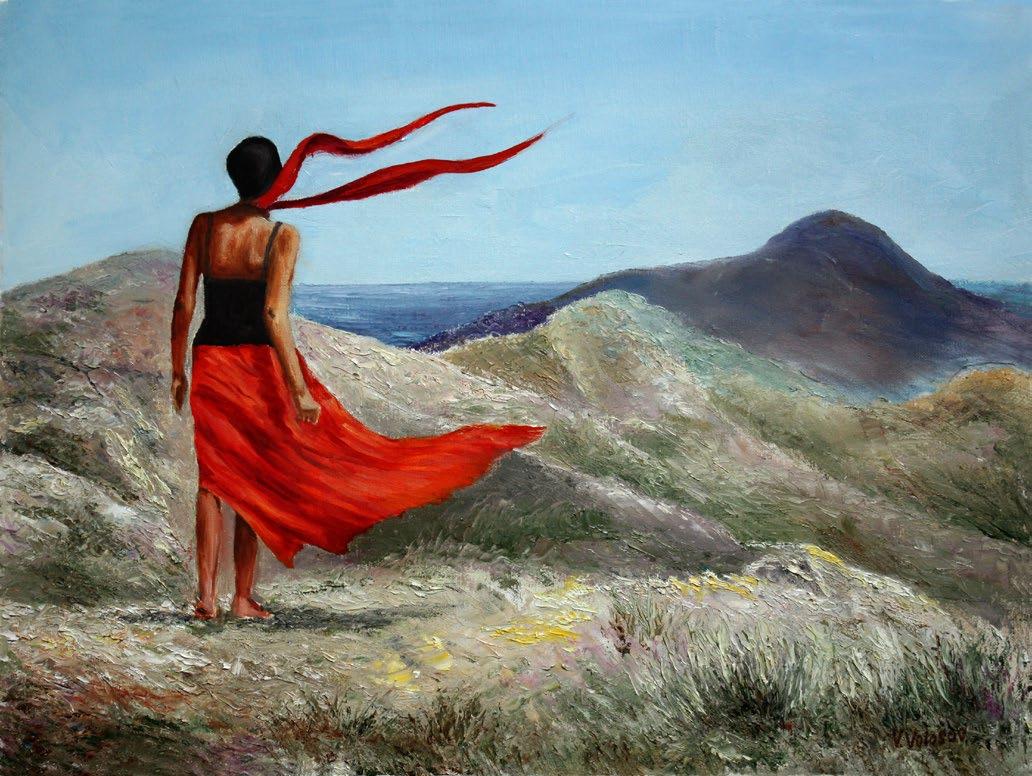

by Juliano Mazzuchini
For me, gesture defines the image, revealing layers of interpretation that extend beyond the immediate visual.
Each work becomes a scene where the figure exists, but in a diffuse manner, engaging in a constant interplay of closeness and distance. Here, recognition remains fluid, and understanding is never fully resolved. The stains play a fundamental role, oscillating between support and disruption, creating tensions that draw the viewer into a sensory experience—where the visible feels both near and unattainable.


by Vincent Karcher

Bohème éternel, Il se file à la dentelle. Ici des graines volantes en colonisateur de nature, Elles vont se reproduire pour faire revivre génération de verdure Infinité égrainée, Et trois mots conjugués Peindre avec lumière condensée, Pour faire briller des oubliés Je lance lumière, Vois dont en l’Air Voyageur de tout temps, Le pollen se file au vent.
Bohemian eternally, He is sown as lace. Here flying seeds as colonizers of nature, They will reproduce to revive a generation of greenery Infinity scattered, And three words conjugated Painting with light to make the forgotten shine I throw light, See how in the Air Traveler of all time, The pollen is sown in the wind.
Photography exploration composed on location using flashes and lights.
Part of a larger series
Original printed on Hemp material.
www.vincentkarcher.com Instagram.com/vincent__karcher
by Katherine Akmulun
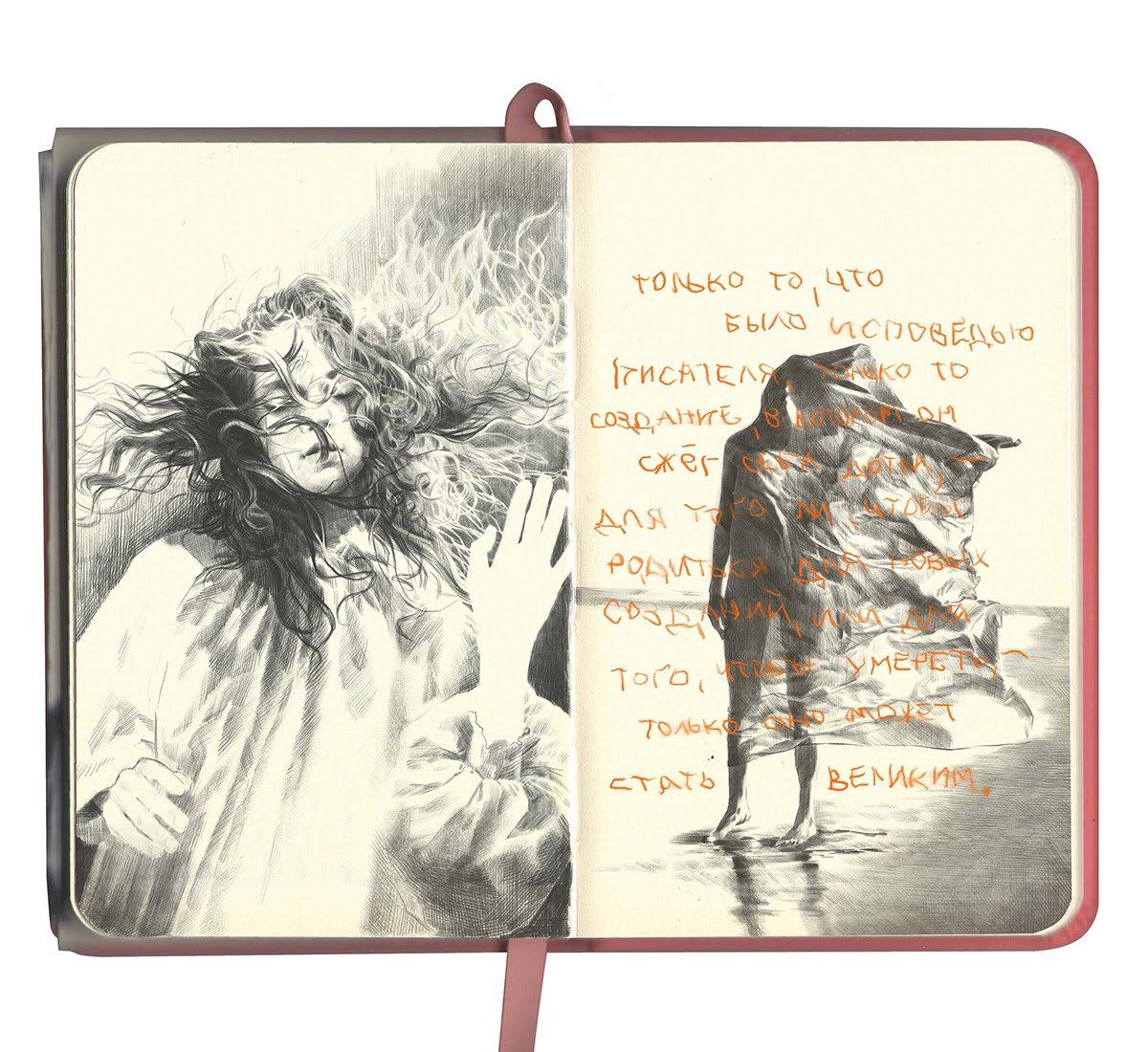


We need Peace and that’s all. Just Peace
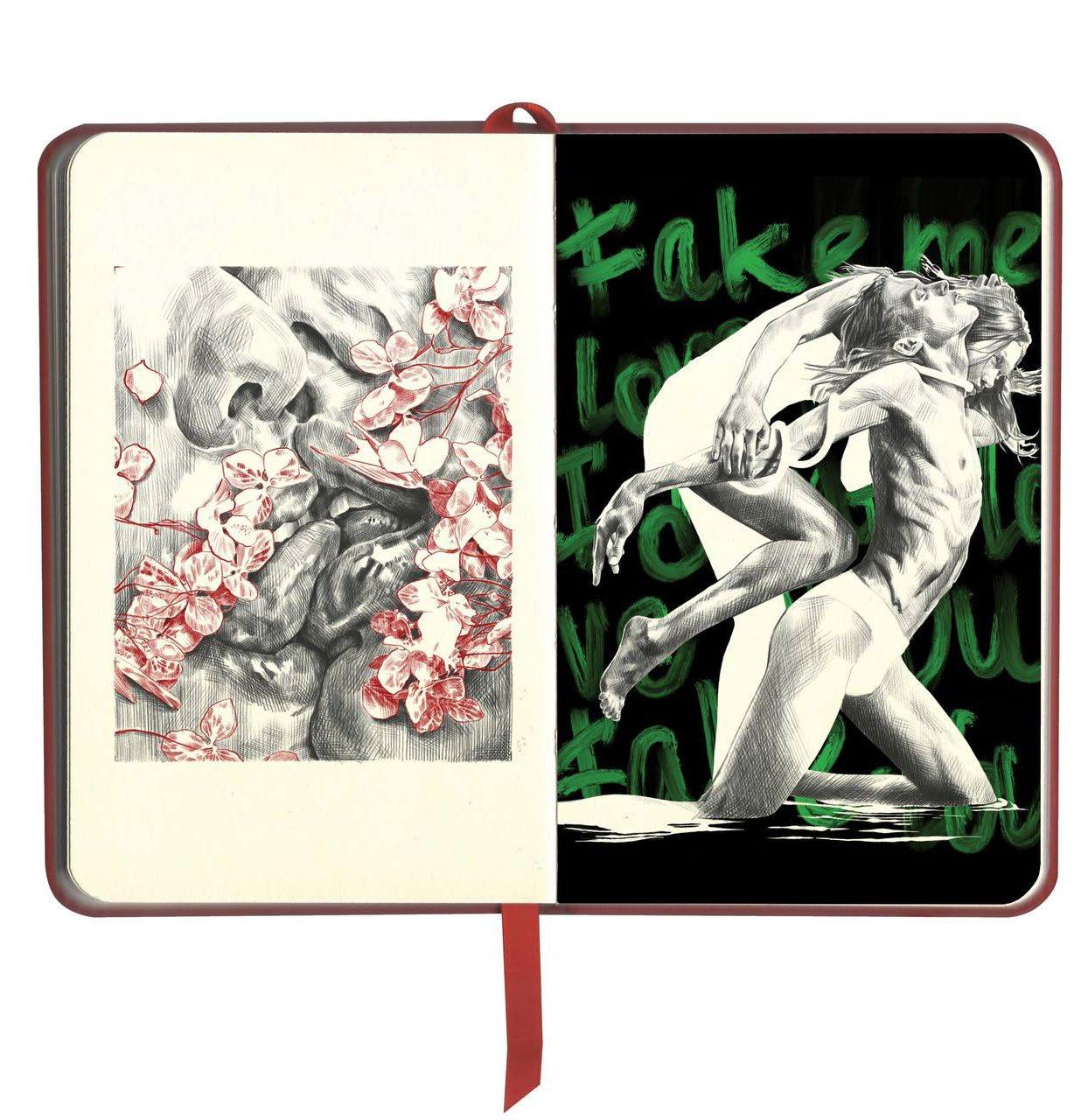
by Davide Lepore
There’s a brief instant of unsteadiness, one last hesitant hop, before a final, powerful move lifts me into the air. The rise is slow—beneath me, the ground drifts farther away, while the clouds draw closer with every wingbeat.
This is where I belong, in the vast kingdom of the invisible element—ephemeral to most, yet a solid support for me.
I feel it caressing my feathers, flowing through my nostrils. It is the recycled breath of every creature that has ever lived, a union of souls enveloping our planet, completing its cycle—like a global lung filling and emptying to the rhythm of all life. Knowledge from the beginning of time effortlessly flows through the skies.
Gravity loses all meaning here, dissolving into currents of warm and cold air that guide movement by new and revolutionary rules.
I have known gravity’s claws, briefly, when I was born— only to grow free from its grasp, as all my kind have before me. But all freedom comes at a cost.
Unlike the creatures below, I am an outcast. So utterly strange on the ground, yet so inexplicably at home up here, where no others are allowed.
What seems like grace and elegance from below is the product of dexterity, honed over years of hard work.
My long migrations have shown me how small the world truly is—how insignificant its boundaries. Distances, physical or otherwise, dissolve as I glide over vast lands. I have seen the world both minuscule and immense, and in both cases, it does not matter. We are all one living organism, our differences converging into a single wave of pure life—breathing it, flying upon it.
I can feel the world living through me, through my companions, through all creatures. Predators and prey—each playing only a small part in this fleeting yet eternal carnival.
In the early morning, long shadows make every detail more defined. From up here, everything is in sharp focus through the crisp air of dawn. I see prey long before they sense my presence. I see men, playing their limited roles, bound to the earth—pretending to be in charge, lying to themselves about the true extent of their domain. I see them up here, too, briefly—wrapped in their mechanical struggle to defy their destiny, only deepening their loneliness, their refusal to accept their condition.
The all-encompassing wisdom of the clouds is easier to comprehend from above.
My journey is a song, passed down through generations—changing with the winds, yet always guiding a soul to its destination. As fragile and delicate as a child’s voice, yet just as powerful and full of essence. The notes themselves dance on the wind, the song continuing on, belonging to no one.
And perhaps, one day, a final song will carry a last flight away, leaving the skies empty for a long, long time.
Until then, as long as the wind guides its children through the air, the song will go on—just as life continues to breathe.
As the sun sets, I return to solid ground, earthbound once more. But the skies never fall silent. More of my kind will rise, born to sail among the stars, guided by the moon, hovering over the world of the midnight creatures.
The pact between the skies and the children of the wind is never broken.
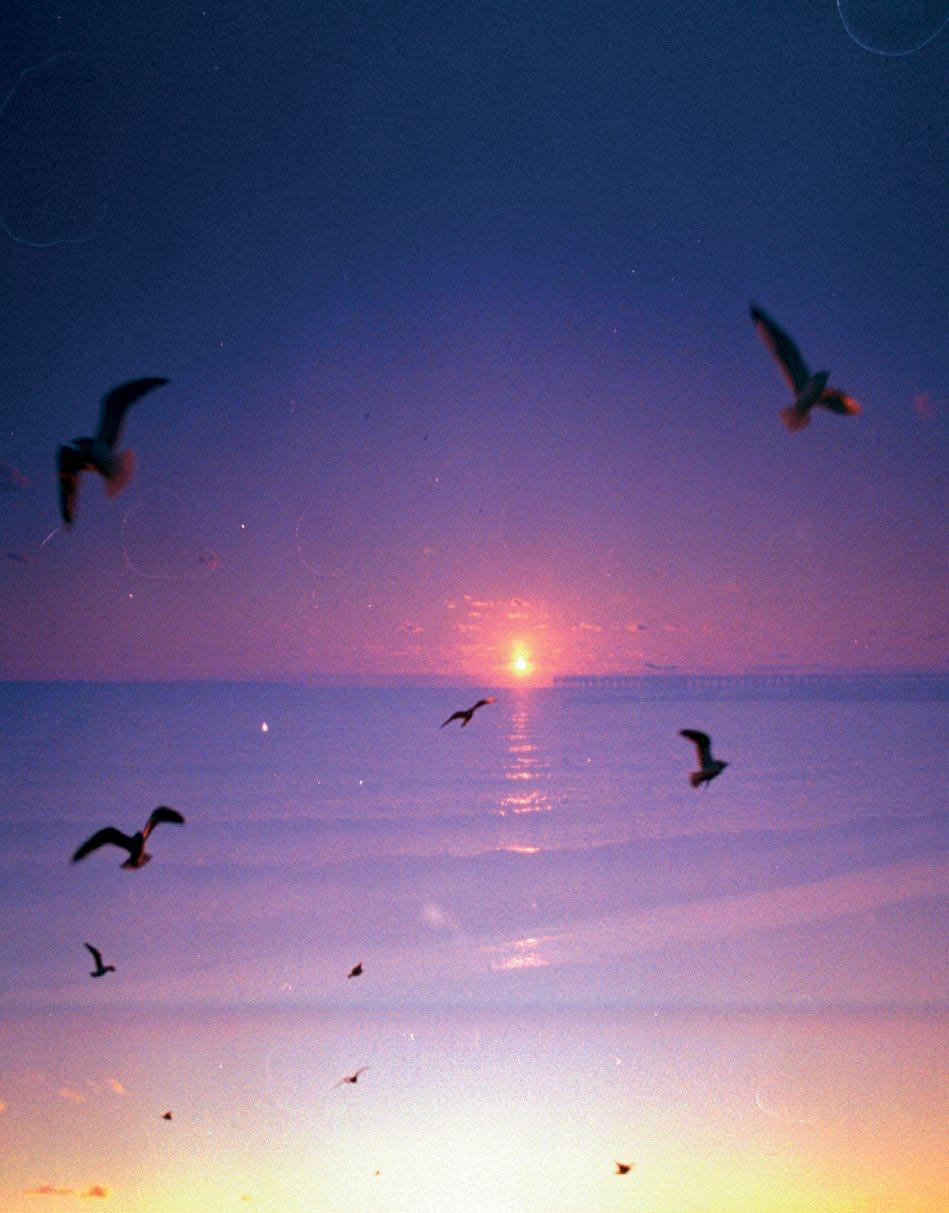
by Anna Podlewska
• Tell me about yourself
I studied Fashion Design at the University of Arts London and throughout the course I was more interested in the surface of the fabric than the garment itself. A good cloth defines a garment in my opinion and so much detail can be achieved in a subtle way. My first job after I graduated was working for London based designer Roksanda Ilincic. Four years here nurtured by love of bold colour and abstract patterns. This was the first time I had the opportunity to collaborate with fantastic weaving mills and print houses in Italy and France to turn my designs into reality, which was a dream come true.
• Your career has taken you from London to New York, Philadelphia, and now the West Coast of Ireland. How have these different environments influenced your art and design?
London will always be the centre of the creative world for me and I feel there is the most diverse creative inspiration there. There is such talent all around you that you are inspired and encouraged to push yourself. Since moving to the West Coast of Ireland I think I’ve adjusted my design process to be a little slower. Although growing enormously, the textile industry here in Ireland is smaller. There is a rich heritage of weaving with linen and wool here and it’s often produced on a small scale by people working in traditional ways. It’s been fascinating to learn about these techniques.
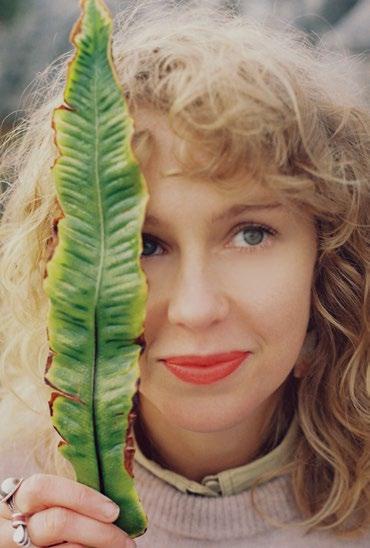
• When did you first realize that painting and textile design could complement each other in your work?
This fusion developed gradually. When I first started designing prints I actually worked almost entirely digitally. As a Junior Designer I had the opportunity of working under some fantastic Senior Designers including, most notable to me, the now Berlin based Artist Colette Vermeulen. I followed her lead in using paper collages to create instinctual and free feeling motifs and patterns. I realised that when working by hand the most fantastic things happen without planning and the key is recognising these accidents look good and keeping them. A lot of my early woven textile designs were created through paper collaging in this way.

The shift to painting started during the covid lockdowns, when I took up the hobby again having not had time since university. I was naturally drawn to working with abstract forms, applying this same theory to develop improvised abstract paintings and quickly realised that these paintings could be translated to printed or woven designs for textiles. I value the rough edges and texture that is achieved through painting and see my painting practice and textile design as two sides of the same coin now.
• Can you describe your creative process for painting?
Before starting work on a canvas I plan a rough composition by layering up photos of paper collages, architecture, previous paintings and other inspirational images. I pick out key shapes to build a rough composition and identify where the highs and lows or colour will be. I use this as an initial plan but the painting always changes or develops in work; each mark, shape or brushstroke on the canvas is made in response to the previous.
• Could you walk us through how a motif evolves from being a painting to becoming part of a physical garment?
When a painting is finished I scan in the artwork to create a digital version. Using Photoshop I mock up the design onto a photo of a garment. This allows me to visually experiment with varying scales ie. is the pattern big and oversized or a smaller scale? And experiment with the placement of the colour and shapes on the garment. I also often use Photoshop to adjust the colours of an artwork when working for a client who has a specific colour palette in mind. When the design feels right, I digitally put the artwork into repeat so that it is ready to be printed on to or woven into cloth.
• What unique challenges or opportunities arise when translating abstract forms from canvas to fabric? Are there any techniques that help in preserving the integrity of your designs across mediums?
Printed cloth is either digitally or screen printed. There are so many beautiful qualities of screen printing but there are also technical implications. There is a limit to how many colours can be used because each colour requires a different screen. Therefore when preparing a design for screen printing you may have to reduce the number of colours and interpret areas of texture that have shade variations.
• Are there any recurring themes in your paintings that feel especially meaningful when carried over into clothing?
Colour. The universal language of all art forms. I’ve studied colour theory and find the relationships between different hues fascinating. In both my paintings and textile designs, I try to combine colours in a bold way.
• You’ve mentioned being inspired by Brutalist architecture and the Bauhaus movement. Do these influences shape your approach to creating wearable art?
Certainly the style of the garment and the fabric composition and structure can influence the design of the pattern which goes on it. If a fabric is very fluid then softener shapes may feel suitable. If a garment is more structured and voluminous then shoes with stronger lines may complement it. I really enjoy collaborating with the designer of the garment to create the right match.
• When viewers or wearers interact with your work, what do you hope they experience?
With the paintings I hope that each viewer sees something different in them - that their eyes are drawn to different shapes and colour combinations that resonate with them. As for textiles I hope that my designs make people feel bold and confident when wearing the bright colours and shapes.
www.annapodlewska.com


View From My Sunlounger Textiles & Oil on Paper Everything Fits as it Should Textiles & Oil on Paper
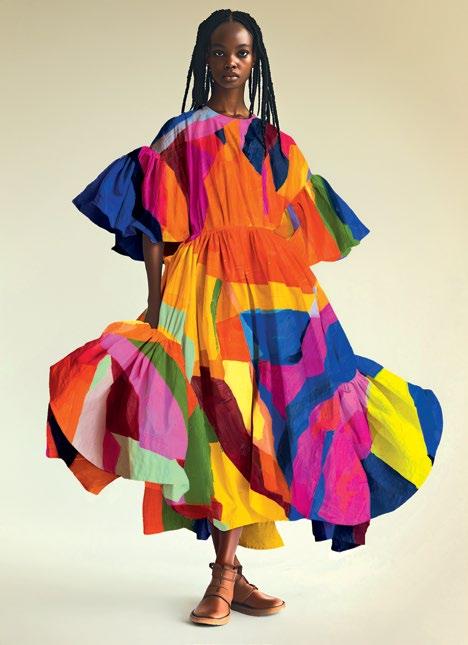
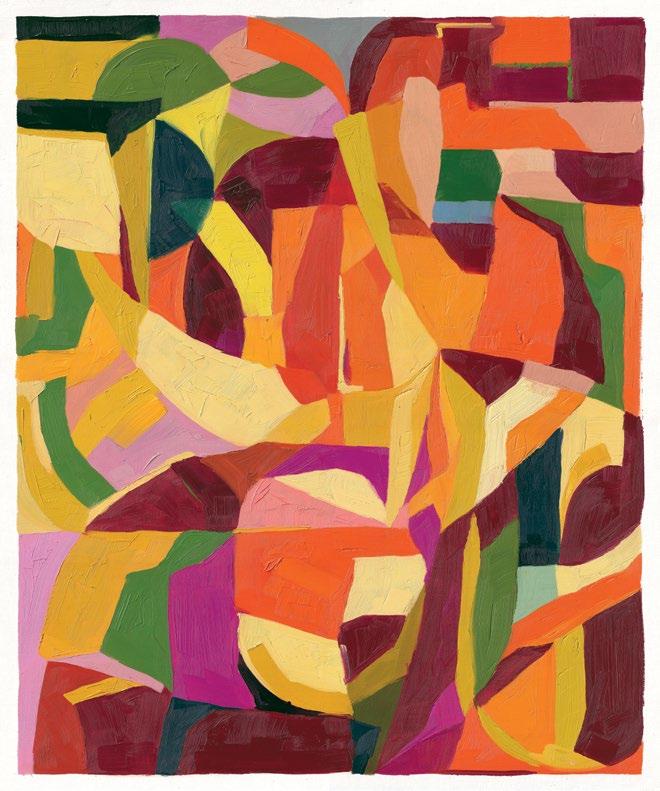
by Nicola Davison Reed

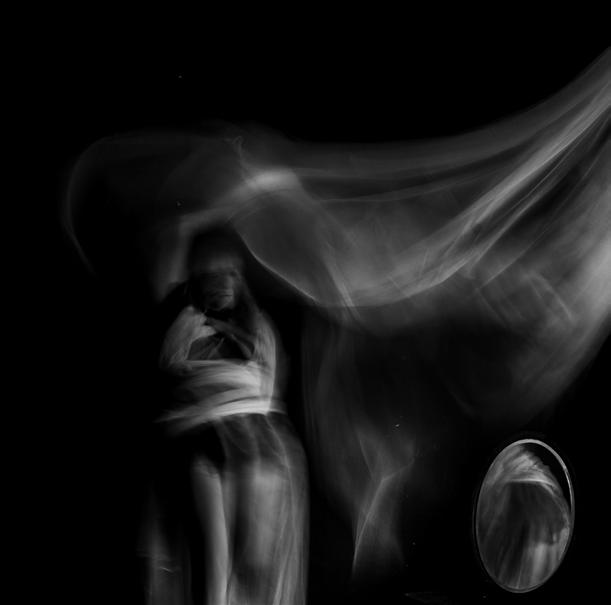

nothing positive comes from hearsay

whereas if the space retains a silence, there is a freedom within the movement

There are questions
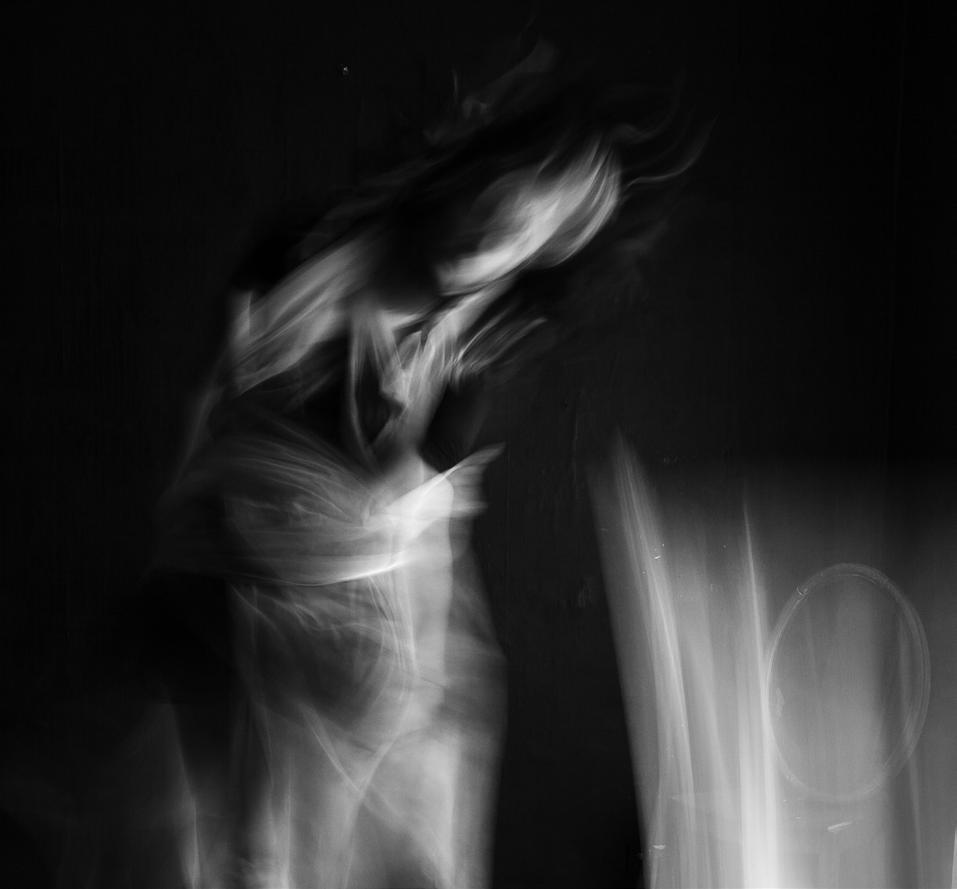

by Laura James
we flow like air, in all its forms, strong, embodying force, calm, moving with ease, power and softness exist together. bending, shifting, taking up space our bodies flow through air’s grace.



by Josiah Gordon
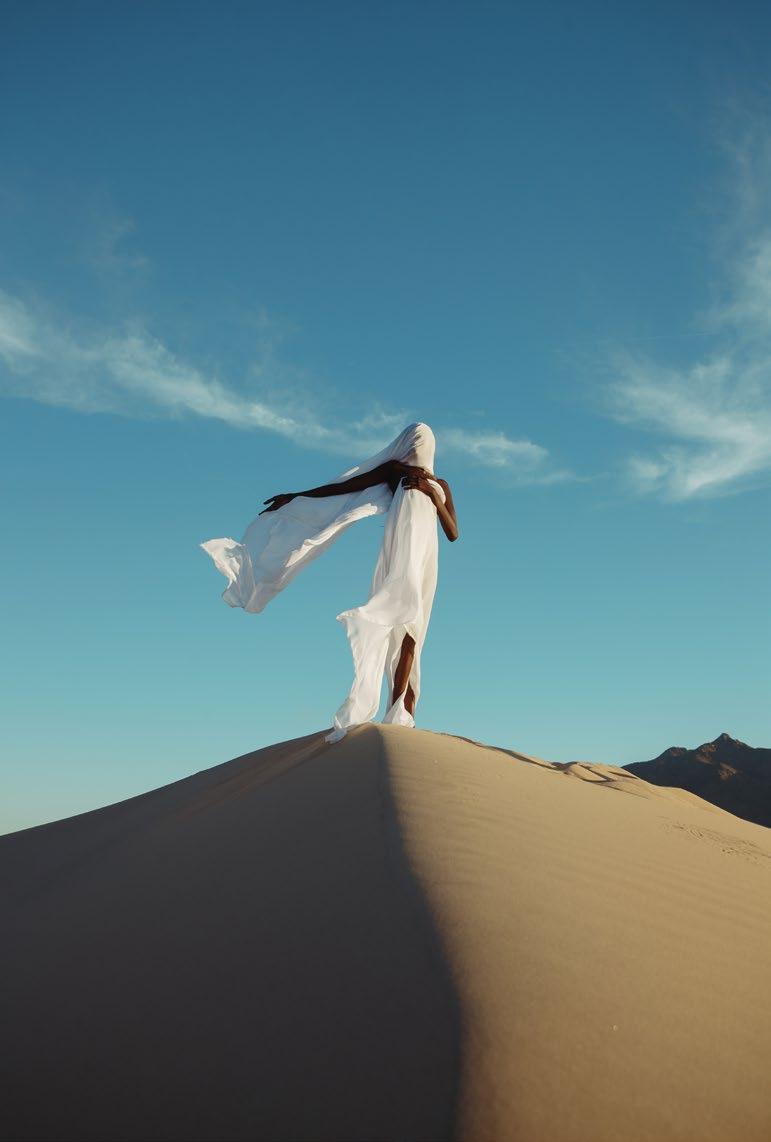

by Mainak Bose
“I mostly like creating surrealist imagery by combining pictures that I have taken over the years. I couldn’t ever really get into traditional photography because I barely had the opportunity to travel and see new sights on a regular basis. Being stuck at home constantly enabled me to thoroughly analyze the pictures that I had already taken and make something new out of them.
Every image that I make is a visual expression of my thoughts at the time. I’m not quite sure how often I can truly visually capture what I feel and I guess it’s very difficult to convey your exact emotions through any means. But the difficult nature of the task doesn’t really mean that we shouldn’t try. So that’s what I do. I try.”

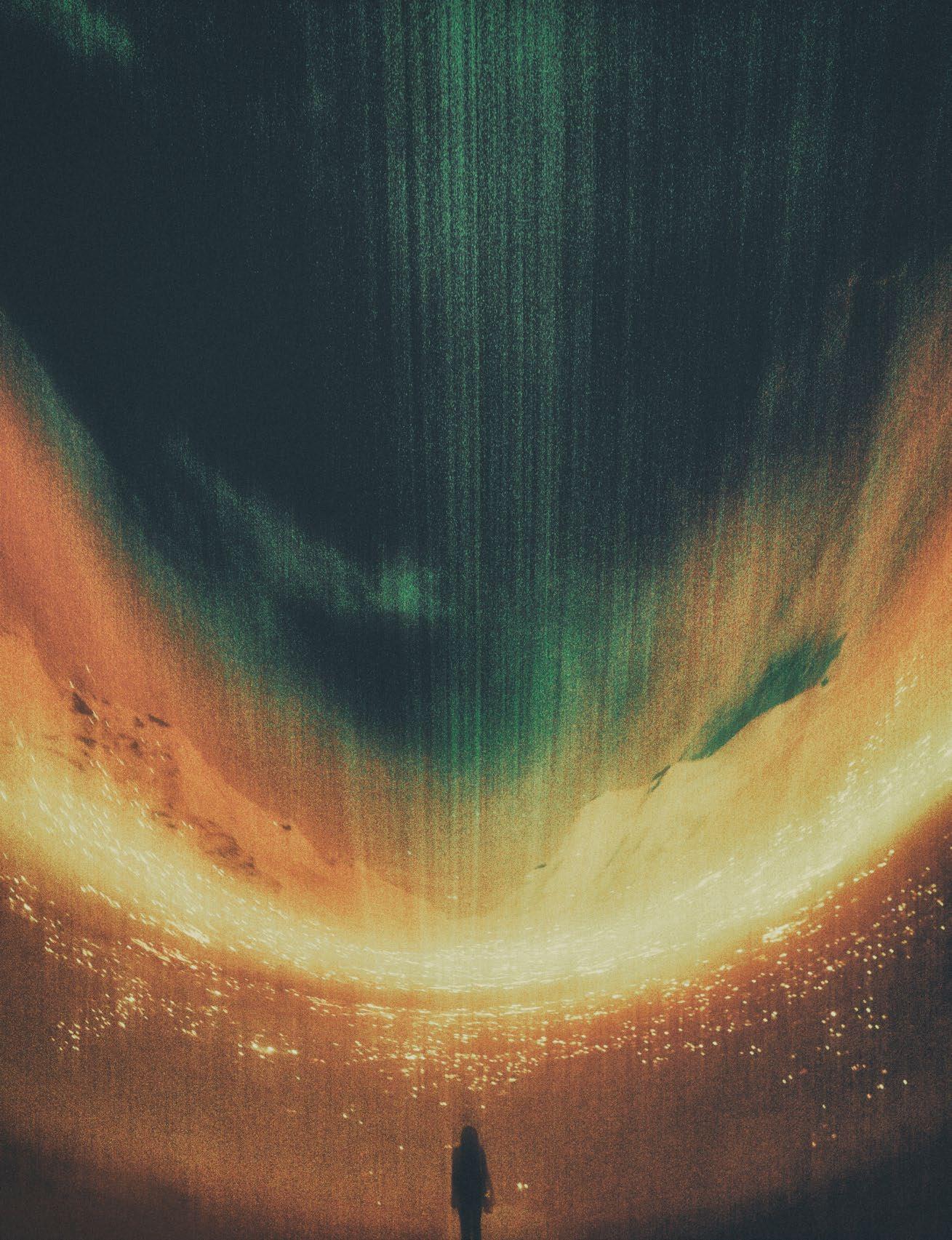



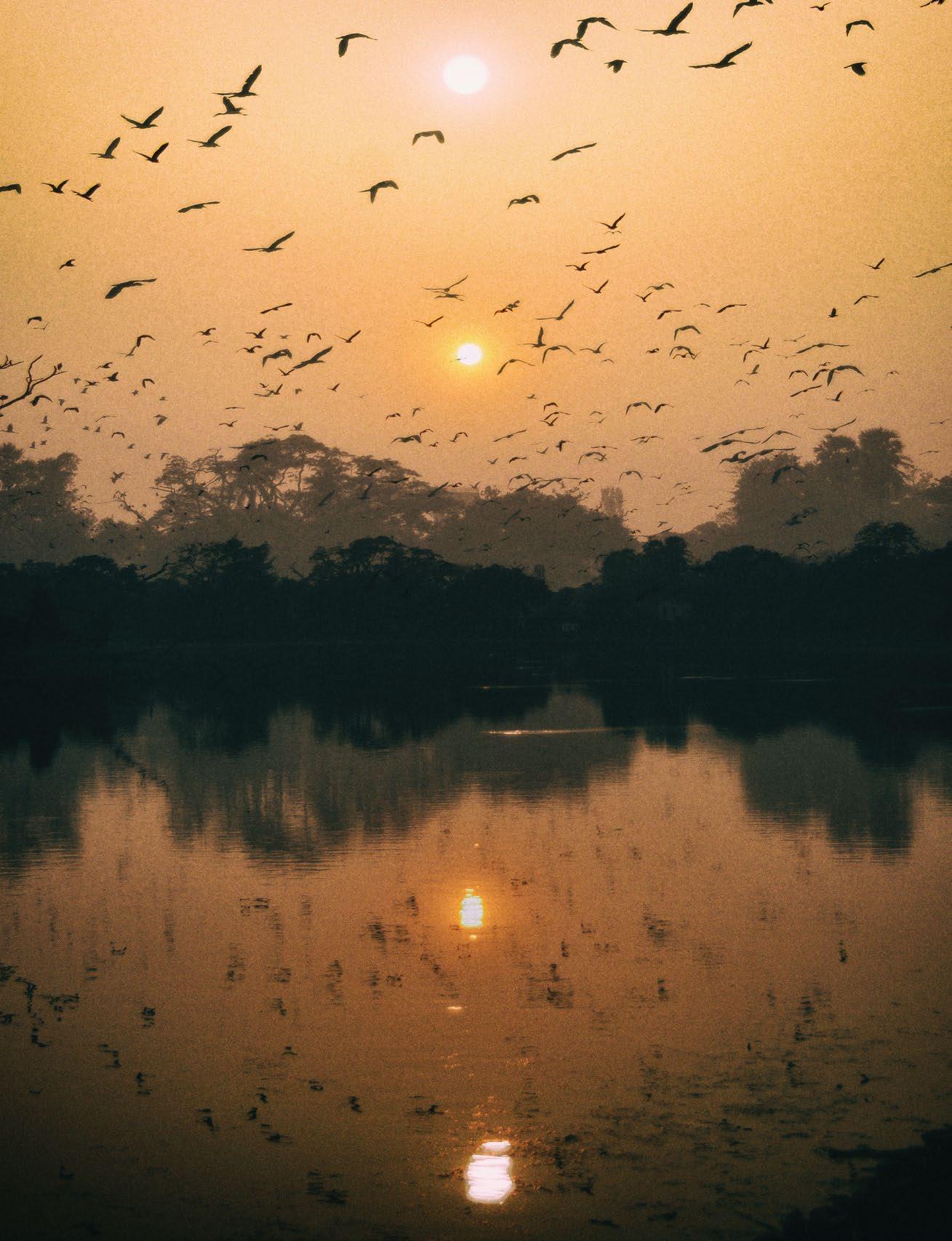

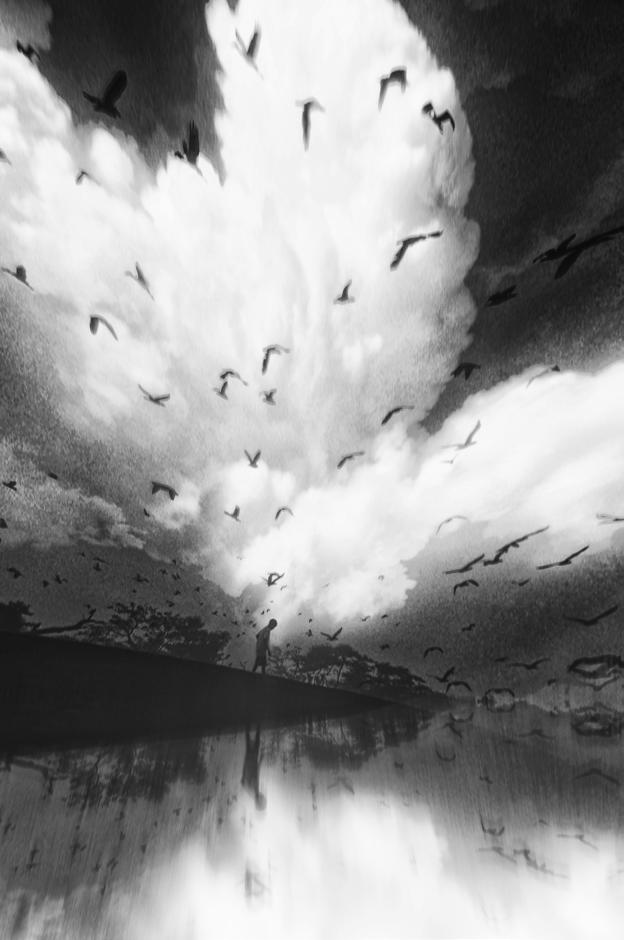
by Tara Jerome-Bernabé (TJB)
“Fafanto’s children are brought together in an act of freedom. For too long have their faces and existences been trapped under a merciless gaze or faded into the background. They no longer serve their masters, offering them pearls or bowls of fruit, holding maps of the conquered land. Their stories were silently told and here they are given the space to express them.”
‘Fafanto’s Children’ is a work made with the intention to create a new historical narrative for black children painted into aristocratic paintings of the 16th-18th century. These ‘house boys/girls’ were symbolically incorporated into prestigious artworks of the main sitter as means to lift their status and exalt their appearance of power and purity. They stare adoringly at their masters, offering them gifts or even their bodies as an arm rest while the subject in focus stares at the viewer as if to say “look at how I am worshipped.”
This piece is an offering to the individuals featured in it. Their faces have been transcribed from these paintings into a new space where they can proudly step into the foreground.
Paintings include:
Princess Henrietta of Lorraine (1611–1660), Attended by a Page. by Van Dyke : 1634
Countess of Dysart and Duchess of Lauderdale (1626–1698) and an Attendant by Sir Peter Lely : 1651
Louise de Kéroualle, Duchess of Portsmouth with an unknown female attendant by Pierre Mignard : 1682
Sir John Chardin with an unknown male attendant by Unknown artist : 1711
Two Girls with their Black Servant by Joseph Wright: 1769-1770
Fafanto is an African Andinkra symbol symbolizing gentleness, tenderness and fragility. It is also a symbol for change and metamorphosis which encourages us to treat each other with kindness. I chose the title ‘Fafanto’s Children’ for these reasons in this healing. These figures are realizing new, considerate and reflective times in their meeting and celebration.


by Colm Mac Athlaoich
“As I select images for this piece, I’m compelled to reconcile with the shifts that have occurred in my work over the past few years. A thread connects these works across various series—perhaps color and form unite them—but fundamentally, my practice has always been driven by a constant questioning and inquiry into ways of seeing and engaging with an image. Painting, as a medium, offers multiple routes to representation.
The theme of this issue is Air, and I believe my work brings a sense of fluidity, both in appearance and ideas. I often return to Miles Davis’s quote, “Play what’s not there,” as a reminder to resist temptation while painting—to avoid stagnation, keep moving, and flow forward in an organic way. Sometimes, I leave a work with a sense of uncertainty, as if it will resolve itself over time without my supervision. In this way, I see painting as something that can be harnessed yet also something that exists beyond the artist’s control. The more I embrace this temporary relationship, the more I’m willing to surrender control and take greater risks. Much of my writing is framed by this way of thinking—positioning myself in relation to something that is constantly shifting, changing, abstracting, morphing. How do I adapt to it? What can I learn from it?




The act of inhaling and exhaling serves as a fitting metaphor for painting— an ebb and flow of visual dialectics, always in motion. I like to think of perception in painting as twofold, experienced in entirely different ways by the artist and the viewer. For the artist, it begins with sourcing and visualizing the image; for the viewer, it is an act of perceiving, interpreting, and reexperiencing. Along this journey, the image can arrive at countless states.
How we see, how we recall what has been told—how an image, a scene, or an object is viewed a second time— is a step toward abstraction. For me, abstraction is a retelling of an image, whether representational or not. Like the retelling of a story, it is never flawless—liberties are taken, pauses emerge where there was once flow, verbosity replaces restraint. The narrative is contained within the retelling, in the small, incidental nuances of that act.”


“We are told to live in the present but are forever pursued by the benign treachery of memory. The world we meet measures up against the vague sum of previous impressions. Desperate for time to stop, we seek to hold on to moments that we contaminate before we ever get to archive them like a dissipated lab assistant without gloves. How much do we ever get to know about ourselves against the shifting sands of the past, the hush of the present and an uncertain future.
Our Mnemonic vernacular touches all. Fuzzy vignettes transformed to be seen anew. Palimpsest albums, the paint reveals the glazing of moments past, the non-existent made tangible, our nature made tangible.
The peace of memories paints itself in the gentle melancholy hues of late autumn. Summer just slipping through our hands. Memories become memories of memories. We desperately cling to what we can salvage. We are the sum of what we recall and as all blurs and recedes, a deep cut now a mere haze of indignity, we lose a part of our most arcane selves. We rebuild it to hold on to ourselves.
Layers and layers of paint dry into the seductive illusion of permanence. But all will be lost and come anew. There will be another autumn soon.”
(Exhibition text by Byron Houdayer, for ‘Love is the drug’ Galleria Weber & Weber, Turin, 2024)









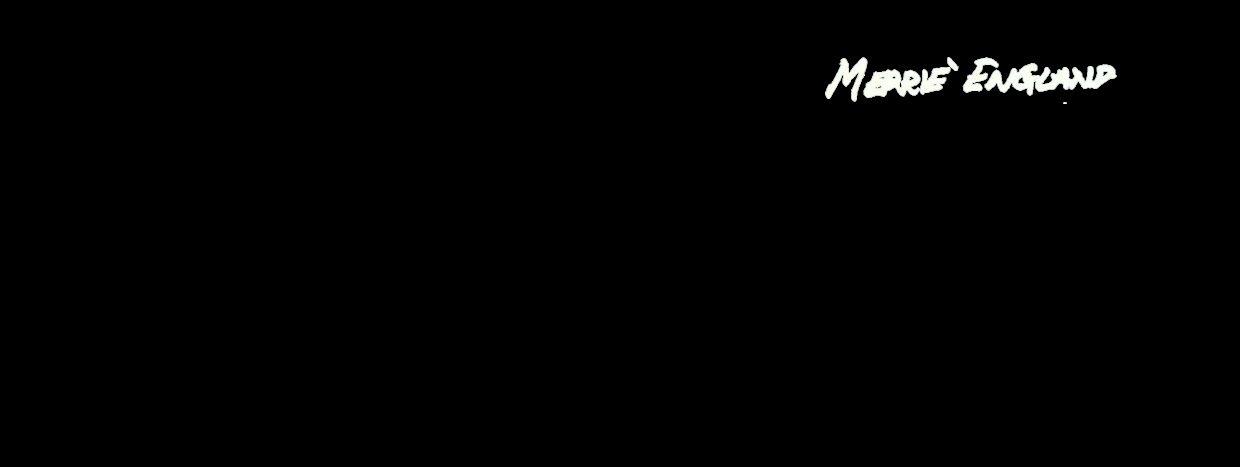
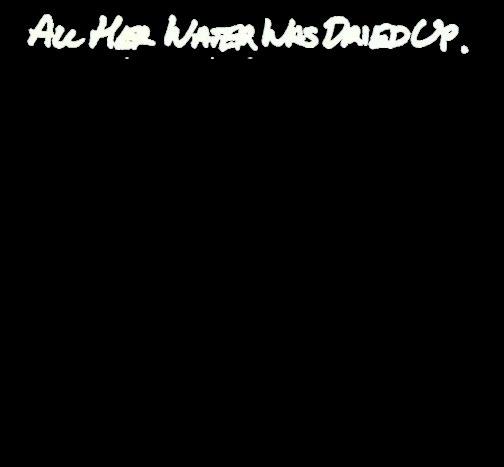



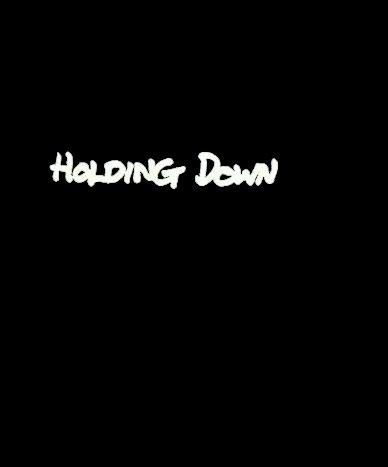
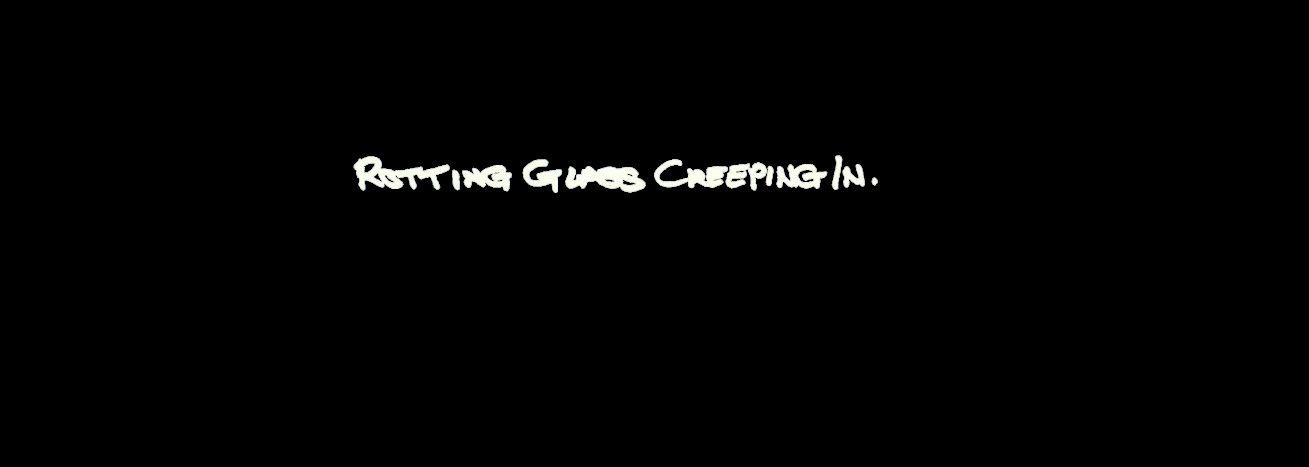




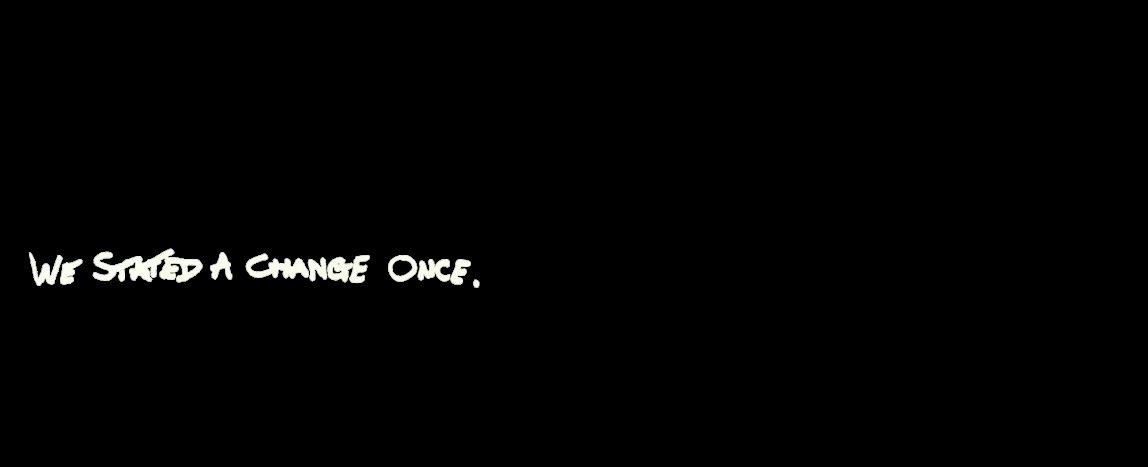



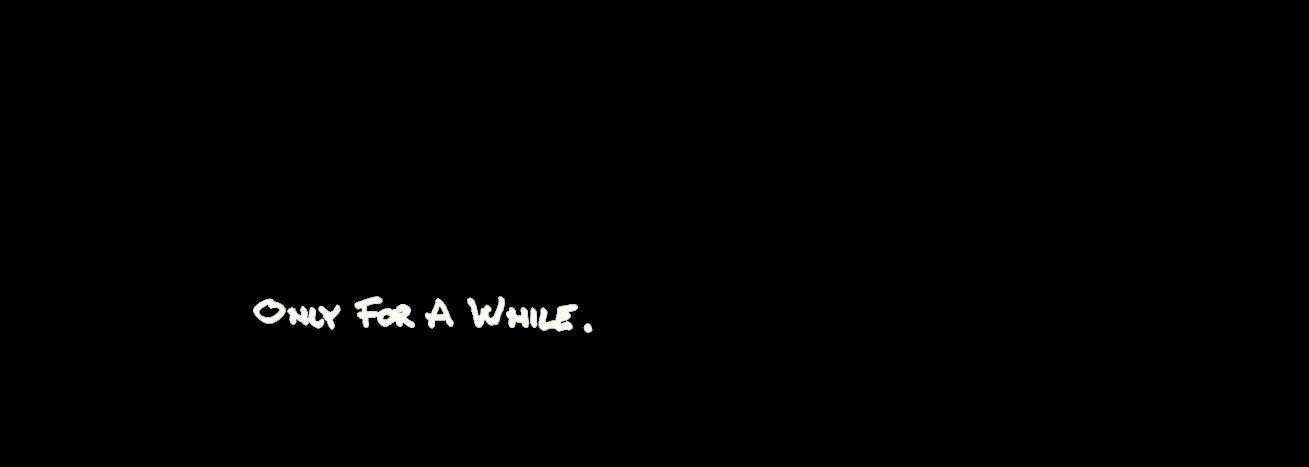







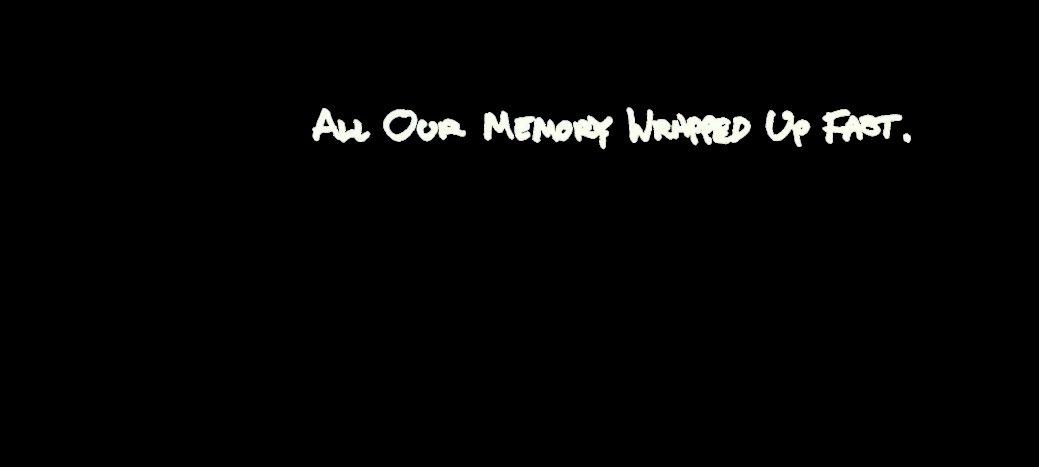







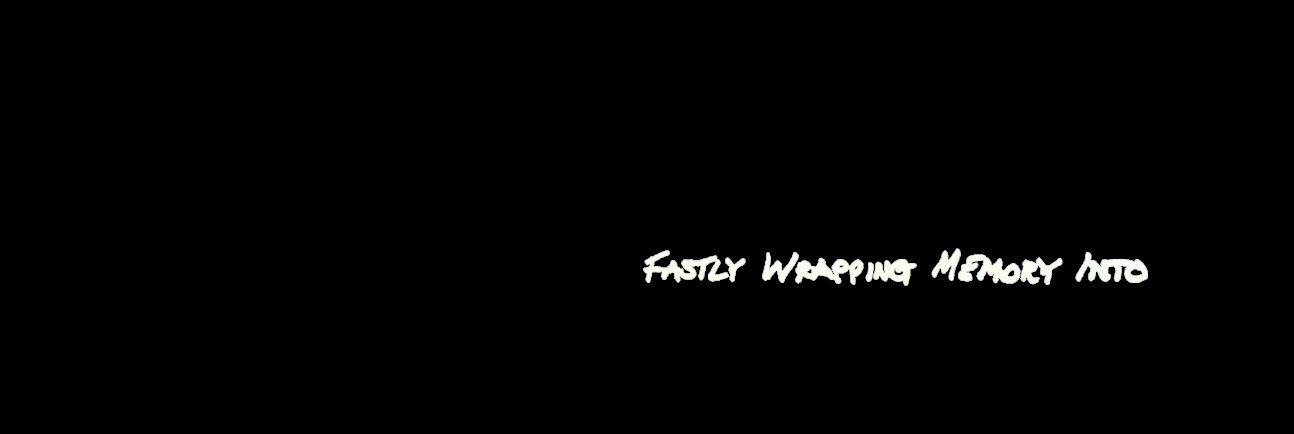








































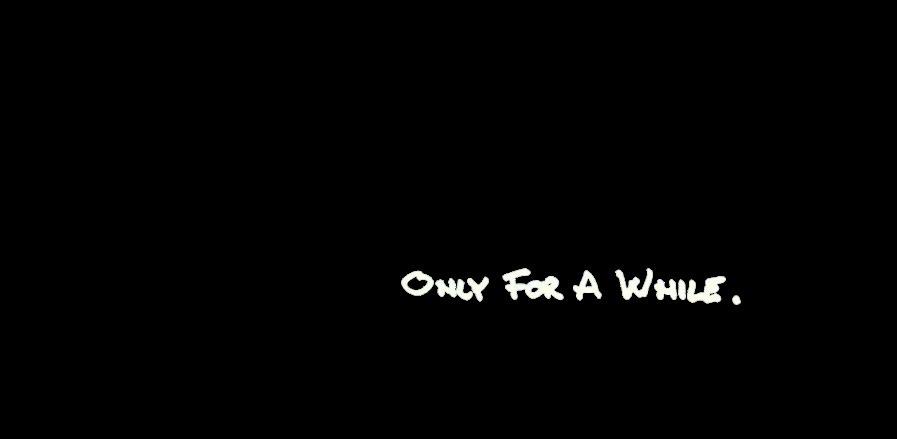


























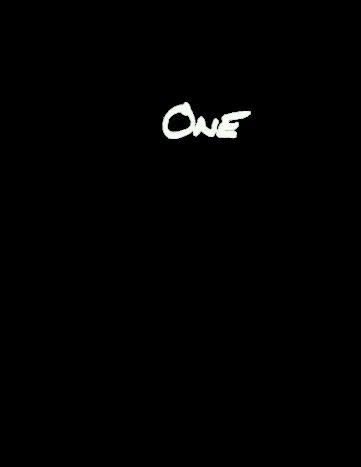



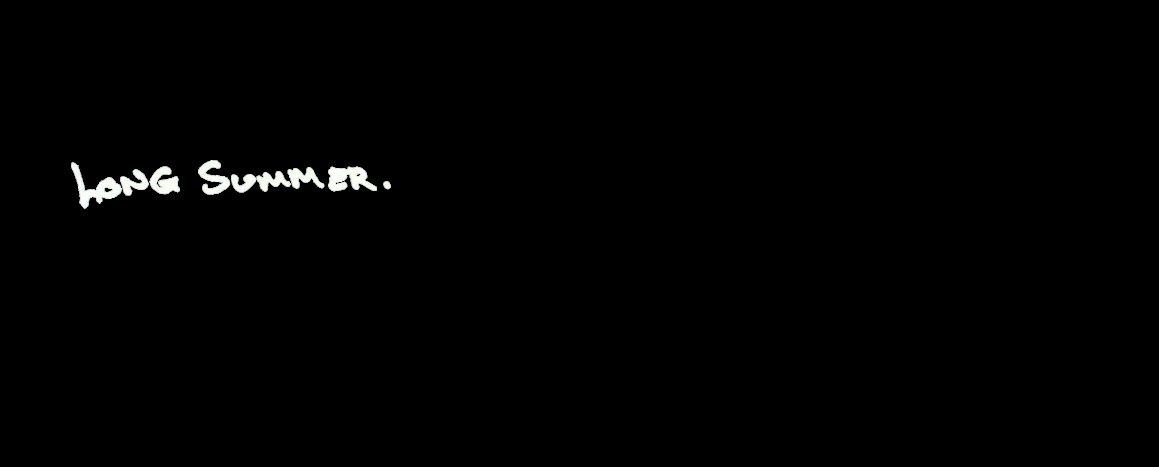


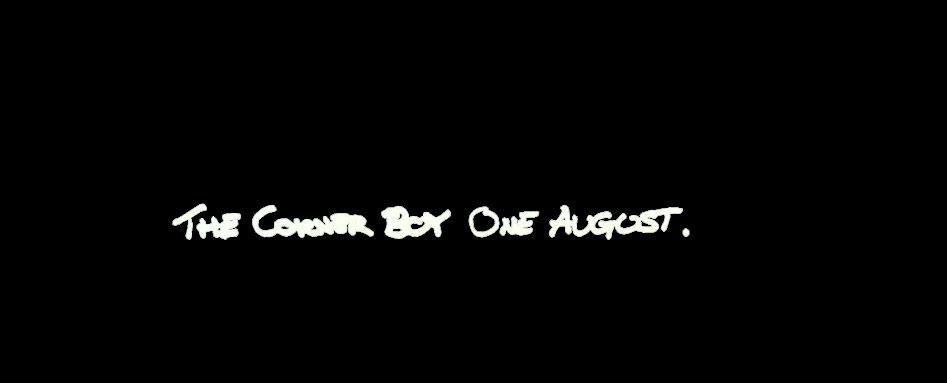

by Mima Adams
The paintings I create explore the experiences of people who leave a lasting impression on me. I prize the violet from grey clouds and seek out the pink and yellow hues in my friends’ flushed cheeks— the colors of giggling over cheap tea in our kitchens, the shades of excitement for life.
This unquenchable infatuation with the beauty of the world makes every piece I create romantic. I narrate a version of my encounters, capturing the atmosphere and my subject’s persona on canvas through intuitive, impasto, and visceral mark-making. Pastel stains depict my interpretation of the experience, while the exaggerated color palette permanently imprints the artwork with the intensity of my fleeting emotions. I have no desire to replicate a person or scene—only to translate what it meant to me in that moment.



by Catherine Anholt
All the paintings are inspired by the tragic loss of our beloved daughter, Maddy, who passed away a year ago from a fatal brain tumor at just 35 years old.
In my profound sorrow, I turned to creativity as my salvation, striving to make sense of what happened to such a beautiful soul.
My response has been a series of paintings entitled Love Letters, through which I explore and celebrate the motherdaughter relationship we cherished during her 35 years on this earth. I also imagine the realm of light where she now resides.
This process allows me to feel deeply connected to Maddy. It is a spiritual bond where our love continues to grow and deepen each day.
She is ever-present and alive in my work.
Air surrounds us, yet we take each breath for granted—until the moment we breathe no more.
If we are fortunate enough to continue living, perhaps we should all give gratitude for the air we draw in and out of our bodies in silent motion, every second of our lives.







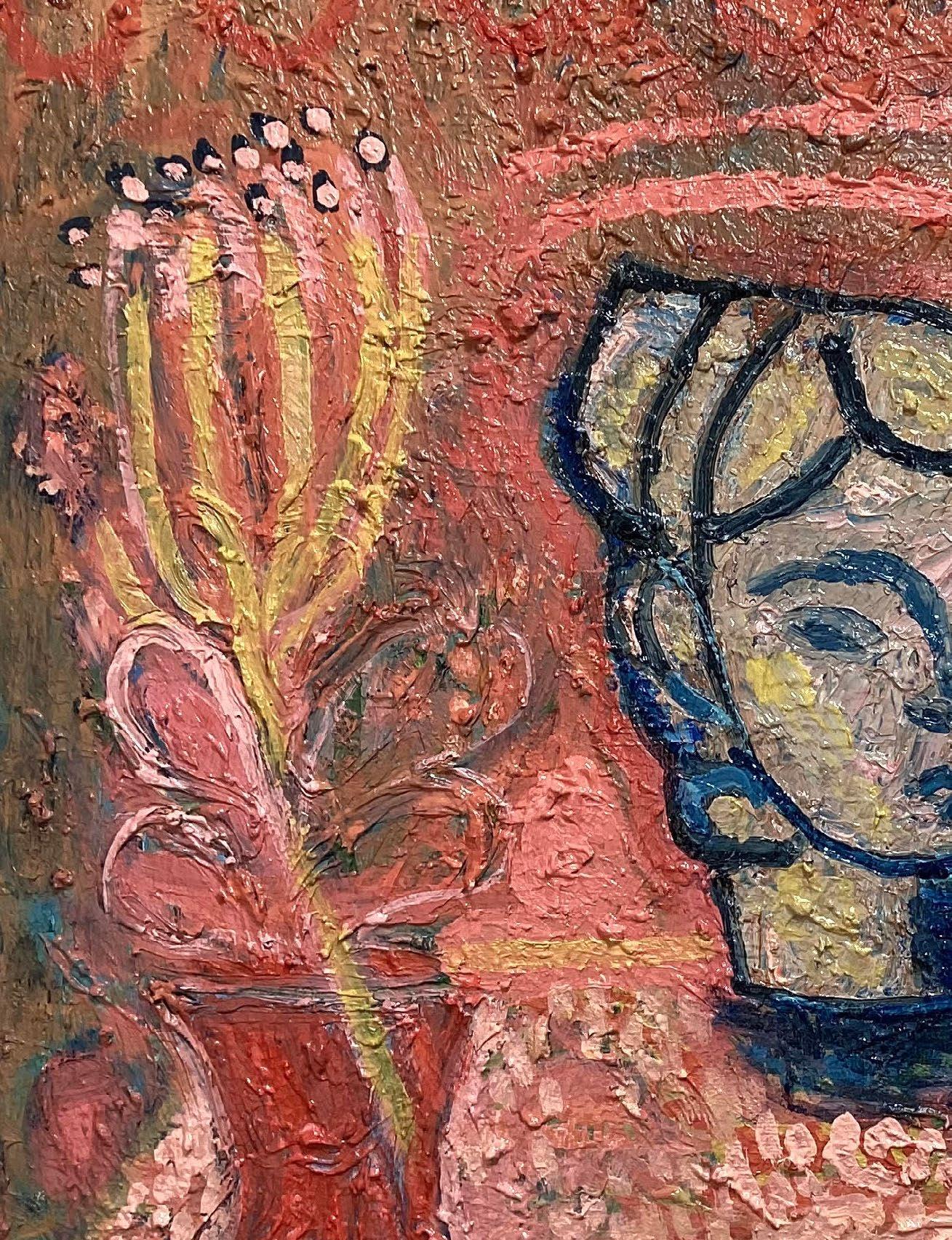

by Evelyne Postic
Why do I draw lungs?
During my childhood and adolescence, my life was dominated by fevers, bronchitis, burning mustard-seed poultices, suction cups pulling at the skin on my back, penicillin injections, and the endless monotony of lying in bed.
My bronchi—those delicate tubes that transport air to the alveoli in the lungs, enriching them with oxygen to nourish our brains and muscles—were often infected. They refused to let in the polluted air of the industrial city where I lived.
I was sent to health homes for children with lung diseases...Places where medical treatments felt like medieval torture. Places where cruel punishments were inflicted for things like wetting the bed. I was rebellious—I refused to eat.
At the age of twelve, I underwent surgery. The surgeon removed a lobe of my left lung. Afterward, I was placed in an iron lung, a machine that helped me breathe. With every breath I took, the massive wound on my back reopened, causing me excruciating pain.
Even as an adult, the story of my lungs remained indelibly etched within me. Sometimes, my breathing becomes erratic, and the air seems to refuse to enter my lungs.
This is why I draw lungs in my artwork: they are symbols of air, of life itself.






Poem by Elisabeth Pipic
We are born into outrageous expectations, To catch our breath in the strangest moment, As if leaving the womb to come up for air Is not survival, but initiation— A rite for all that follows.
We all die without fail, Our last breath meant as a fond farewell. As if leaving loved ones behind Does not already choke us—
I lie awake, counting breaths, Trying to calm the terror Of imagining yours gone. My mind races through dusted memories, Spinning out into futures we’ll never share.
My breath betrays me— Broken, ragged, unstable. The deeper the thought, The shallower my breath becomes.
I think of the laboured life you’ve had, My sleep stolen by the blur of tears. I search for stories you might have left untold, Gasping, because now you can’t.
I wonder if you’ll stand by my side To walk me down the aisle, Or if the life you’ve built for me Has cost too much of yours, Dwindling too soon.
When I was little and feared the night, Your steady snores kept my monsters at bay. Now, my fears are tied to the fragile, finite sound Of your soft, fleeting sighs.
All these ironies of coming up for air, Are beyond us.
For my Father



( Watercolour and gold on handmade paper)
by Aphra Natley
My paintings serve as meditative and therapeutic channels, drawing one closer to true nature. They emerge from an animistic worldview, where art becomes both selfinquiry and a force for good. Echoing Carl Jung, I seek to unveil a passage into mystery—a space between the ‘tension of opposites.’ Through archetypes or parts of self, I align with nature and the elements, diving into the unconscious and emerging with forms that offer a transcendent mirror. The watercolour process itself evokes subtler realms—elemental, fluid, and ever-shifting, a shapeshifter of form and time, demanding deep presence.
Each painting is a quiet window for contemplation, illuminating the soul’s journey— of consciousness, the personal and collective working through of karmic shadow, of death and rebirth. It reflects form dissolving into energy, the mystery of life, and the reverence for infinite Spirit woven through all of nature.




Bead
work by Serhii Okhrimenko, Text by Elisa Mantovani
Indigenous beadwork in South and Central America is more than an art form— it is a prayer woven into color, a whisper of the ancestors carried by sacred hands. Each bead, like the intricate patterns in a kaleidoscope, holds meaning, coming together to form stories of creation, vision, and connection. From the Huichol (Wixárika) bead sculptures of Mexico to the radiant Emberá necklaces of Panama, these works carry profound spiritual significance, often intertwined with the wisdom of the earth. To bead is to meditate, to weave a bridge between the visible and the unseen, between the earth and the sky.
Before European contact, Indigenous artisans adorned themselves with the earth’s own offerings—seeds, shells, bones, and stones—crafted into symbols of power and protection. The arrival of glass beads from Europe in the 16th century introduced new materials, yet the essence remained unchanged: beadwork continued as a sacred language, a visual prayer, a way to honor the spirits. Among the Huichol people, “chaquira” bead art became a portal to the divine, their sculptures and jewelry reflecting visions granted by the peyote plant, each bead pulsating with energy and intention.
To view the world from the sky is to see beyond what the earth-bound eyes perceive—to understand the dance of all things, interconnected and infinite. Indigenous beadwork captures this celestial vision, using sacred animals to guide the spirit along its journey:
The Eagle – With wings spread wide, the eagle soars closest to the heavens, a bridge between realms, a messenger of divine wisdom. Its presence in beadwork is a call to see with
clarity, to trust in the path unseen, to embrace the freedom of the winds.
The Deer – In Huichol tradition, the deer (“Maxa”) is a celestial traveler, a gentle guide to the spirit world. In peyote ceremonies, the deer reveals wisdom through visions, offering healing and renewal to those who seek it.
The Serpent – Coiled in the heart of transformation, the serpent sheds its skin to be reborn. It is the symbol of renewal, of death and life entwined, a powerful force in shamanic ceremonies and ayahuasca rituals, where it often emerges as a guide through the rivers of the subconscious.
Beadwork as Meditation: A Dance of Hands and Spirit
To bead is to breathe in rhythm with the universe. Each tiny bead, chosen with intention, is placed in a slow, deliberate ritual, a meditation that brings balance to the soul. In this act of creation, the artisan enters a sacred space, much like the shaman entering a trance. As peyote opens the mind to the spirit’s language, and ayahuasca unveils the unseen, beadwork unveils the quiet truths within. In each thread, the past, present, and future are woven together, a continuous prayer of protection, gratitude, and vision.
For Serhii, a Ukrainian artist, beading is also an act of hope. As he threads each bead, he meditates on the freedom of his homeland, sending prayers for the liberation of Ukraine from Russian aggression. In the rhythm of his hands, the echoes of resilience take form, and the spirit of his country— unyielding in the face of occupation— weaves itself into each sacred design.
Today, Indigenous beadwork remains a living tradition, a legacy of resilience and beauty. It is not just adornment but a sacred offering, carrying the wisdom of ancestors, the voice of the elements, and the boundless freedom of the sky.




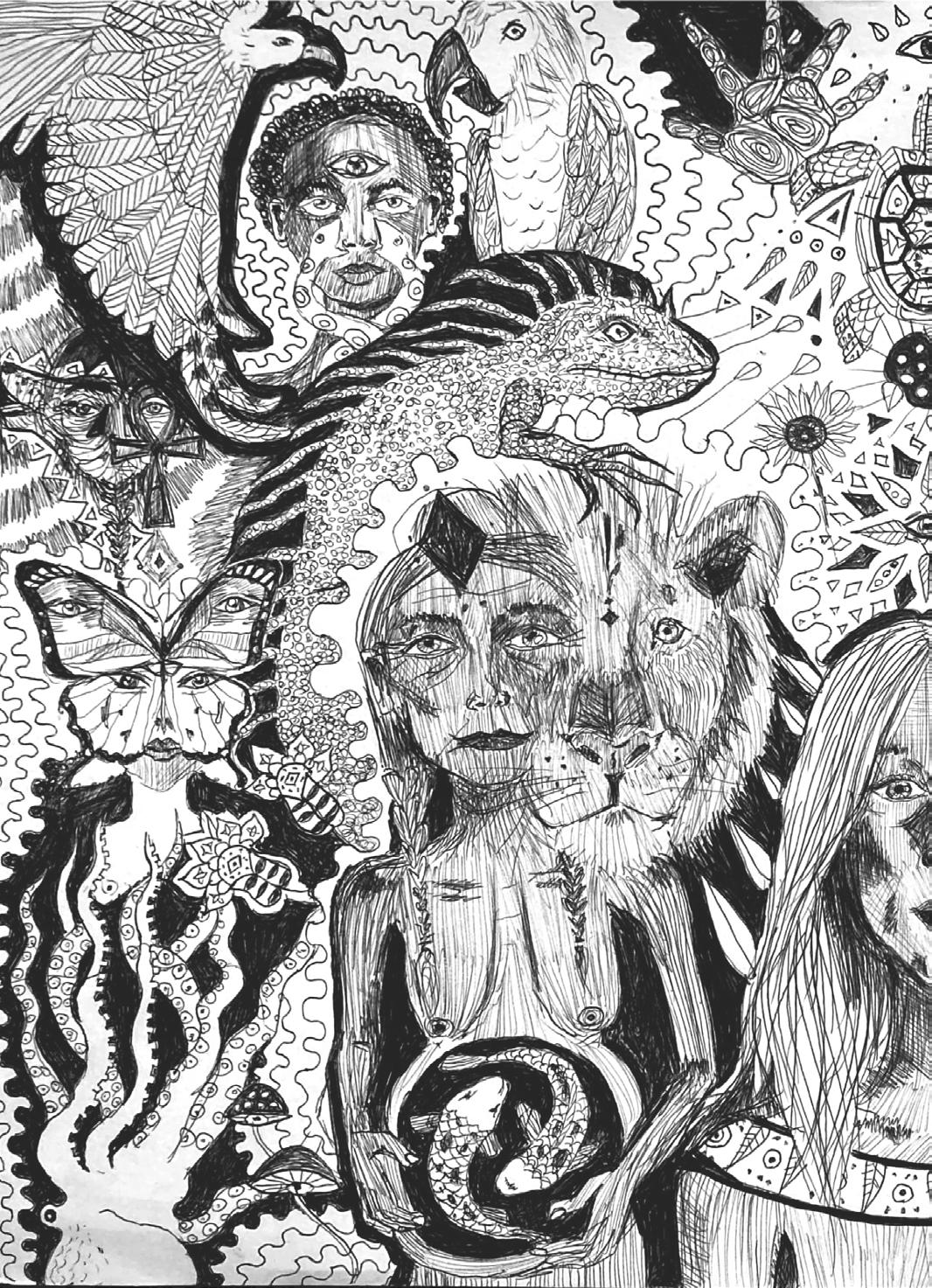


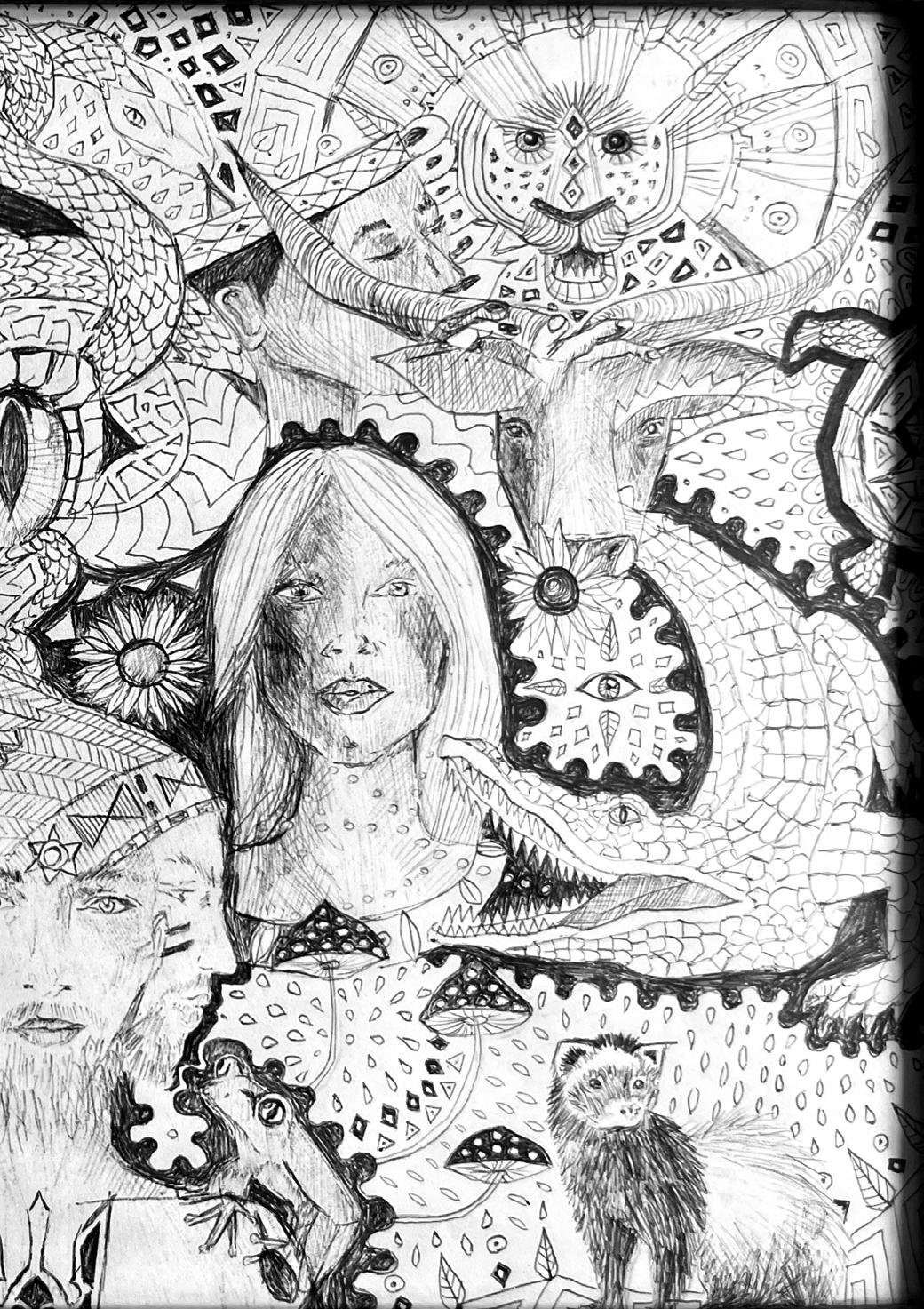

by Lewis Wasilewski

Sun scorched sand burns my feet. I walk into the shallows to feel the stones rumble against my toes. Whitewater envelopes my shins. What faraway storm sent you here? Little wave, were you once a ship killer in the depths of the ocean? Did your sight make captains tremble and shout “hold fast” ? You pass my shins and disappear, as you touch the sun scorched sand that burned my feet.

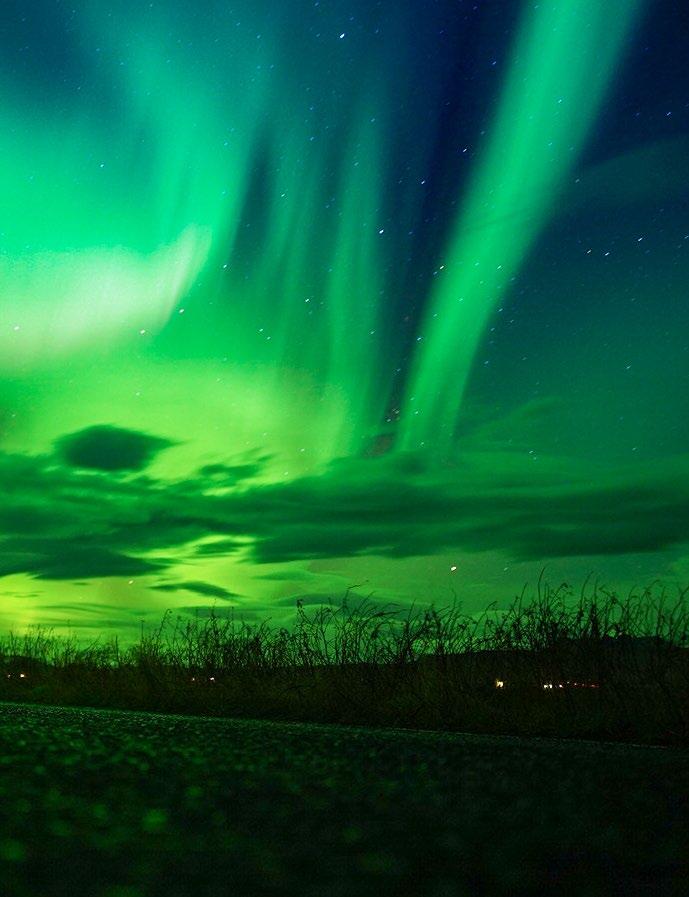

by Nathaniel Maddison
“Flying or falling
Follow or lead
Connected interlaced
Wishes and needs
Above the palmy surface
Trouble hovers near And boy they got me
They got me good
Like icy hail storms of my childhood
Bite my lips to warm
’Til they turn blue
I try to soften the surface
Bend through the ashes with spears
Behind the mask the same version
All my obsessions and fears
Cut through the softening surface (Nothing left here to see at all) Smashing the pavement with tears”
- Lyrics by iamamiwhoami


Poem & Image by
KDB ( Kerstin de Beer)
I see right through you
Like cellophane
Nothing’s the same
My third eye is open
It’s looking at you
Look me in my iris
I hear you in your silence
Subtext loud as sirens
Give me peace and quiet
With the sound of your truth
Calm the seas
Asentar el polvo (let the dust settle)
And, look at me:
Mira mira mirame
Mira mira mirame
Conexión espiritual (spiritual connection)
Know that I’m the only girl
Puede hacerte llorar (who can make you cry) reír (laugh) y mendigar (and beg)
You know how deep I care
I follow you into the open air
Bumped into you
A tiny molecule
Smaller than what the eye can see
La textura de ti (the texture of you)

by Matias Alonso Revelli

by Indiraman Sunner
What if the secret to living a more peaceful and fulfilled life has always been a part of you?
In 2025, we live in a society which thrives on energy. Where social media is ubiquitous, and people feel the need to sprint to keep up. Life is busy and chaotic, and it’s easy to get swept away with thoughts, memories, and worries.

However, amidst this chaos, mindfulness can give us the power to quieten the noise and be present and content. It can give us the tool to find peace in something as simple as our breath. Numerous studies conducted across the world have shown that mindfulness can help reduce symptoms of anxiety and depression, especially when practised repeatedly. According to the World Health Organization, global prevalence of anxiety and depression increased by 25% during the first year of the COVID-19 pandemic, highlighting the urgent need for accessible mental health strategies. But what is mindfulness, and how can we practise it?
At its core, mindfulness is the act and feeling of awareness. This may be awareness through our senses, such as how our clothes feel on our skin, or awareness of our thoughts, such as what we are thinking about at a given moment. In a nutshell, if we are aware of what we are experiencing, we are being mindful, no matter how small the observation may be. And it is this act which has the ability to bring us back to the present moment when we find our mind scattered and dispersed by the rush of our lives.
Breathing as a form of mindfulness is one of the easiest ways to begin practicing mindfulness. The breath is powerful as we almost always have the ability to tune in and focus on it. The best way for me to describe this is to interrupt your reading and ask you to take 30 seconds to focus on your breath, closing your eyes if possible or lowering your gaze. Once finished, let’s channel our curiosity to ask some questions about how our breathing felt.
How would you describe your breathing? Was it warm, or cold? Did you make any noises? Could you feel your abdomen rising and falling?
There’s no right or wrong answer to any of these questions — we simply want to pay attention to your experience. As breathing is an act we perform subconsciously, paying close attention to it can seem odd. However, this is exactly what mindfulness is — to be aware of what we are living.
There are several cultures which have been practising mindfulness through breathing for centuries. For example, Sikhism, which was founded in the 15th century by Guru Nanak, uses mindfulness breathing as a form of connection with God. Sikhs repeatedly chant God’s name “Waheguru” in a rhythm aligned with the breath, providing the mental clarity required to connect with the higher being. Whilst the primary purpose of this form of mindfulness is religion focused, the benefits described above of anxiety and stress reduction occur in tandem.
Similarly, in Buddhism, the practice of Anapanasati (mindfulness of breathing) is a fundamental meditation technique. Practitioners focus on inhaling

and exhaling as a way to cultivate awareness, develop concentration, and ultimately achieve deeper states of insight and peace. This practice has been embraced for thousands of years as a method for calming the mind and attaining spiritual enlightenment.
If you are interested in practising mindfulness to support your wellbeing, I would recommend trying the above meditation a few times a day. This is how I started practising and I haven’t looked back. If and when you’re ready to try more exercises, I recommend searching “Finding Peace in a Frantic World”. The book is brilliant, and the meditations are available on YouTube and Soundcloud. My personal favourite is the chocolate meditation (no points for guessing why).
In summary, mindfulness through breathing is a simple yet profound way to regain clarity and calm amidst the chaos of life. By practicing regularly, you can reduce anxiety, cultivate a sense of control, and rediscover the joy of being present. So why not start today? Your breath is always with you — ready to guide you toward peace.


